Illustration Final Study (P1)
1/348
There's no tags or description
Looks like no tags are added yet.
Name | Mastery | Learn | Test | Matching | Spaced |
|---|
No study sessions yet.
349 Terms
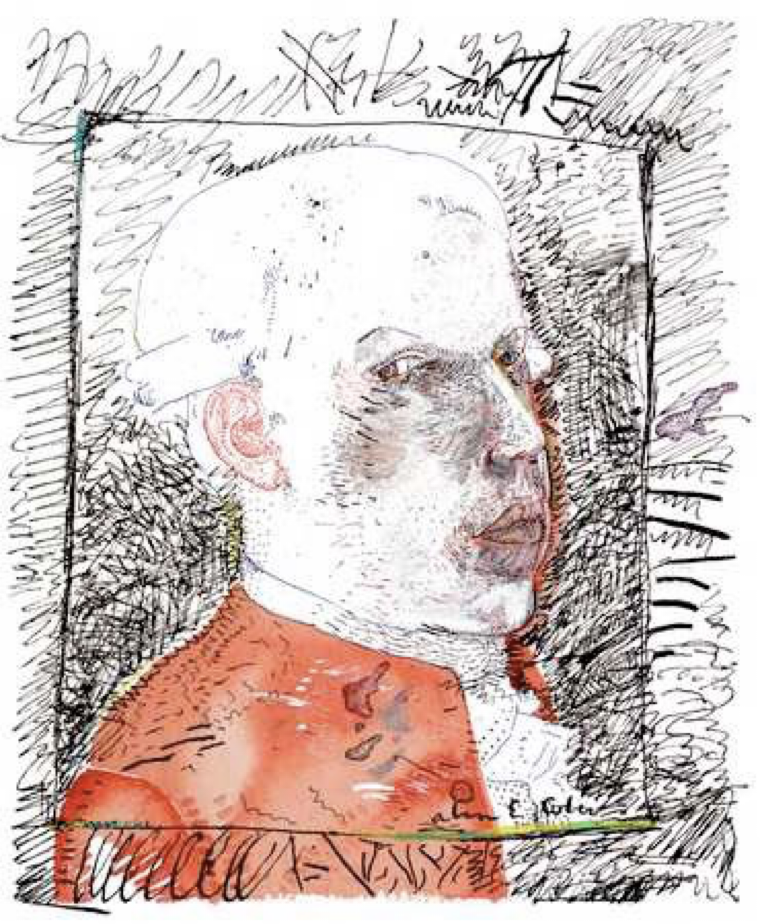
Born in NYC, this artist struggled with dyslexia.
Alan E. Cober
According to the NY Times, this artist “injected the precepts of modern art into commercial art. His illustrations rejected realistic painting for expressive and symbolic drawing and watercolour rendering. They did not mimic a passage of text, as was the convention, but complemented it with its interpretation.” Who was he?
Alan E. Cober
Two powerhouse magazine art directors, Cipe Pineles and Henry Wolf, championed this artist’s work early on in their career.
Alan E. Cober
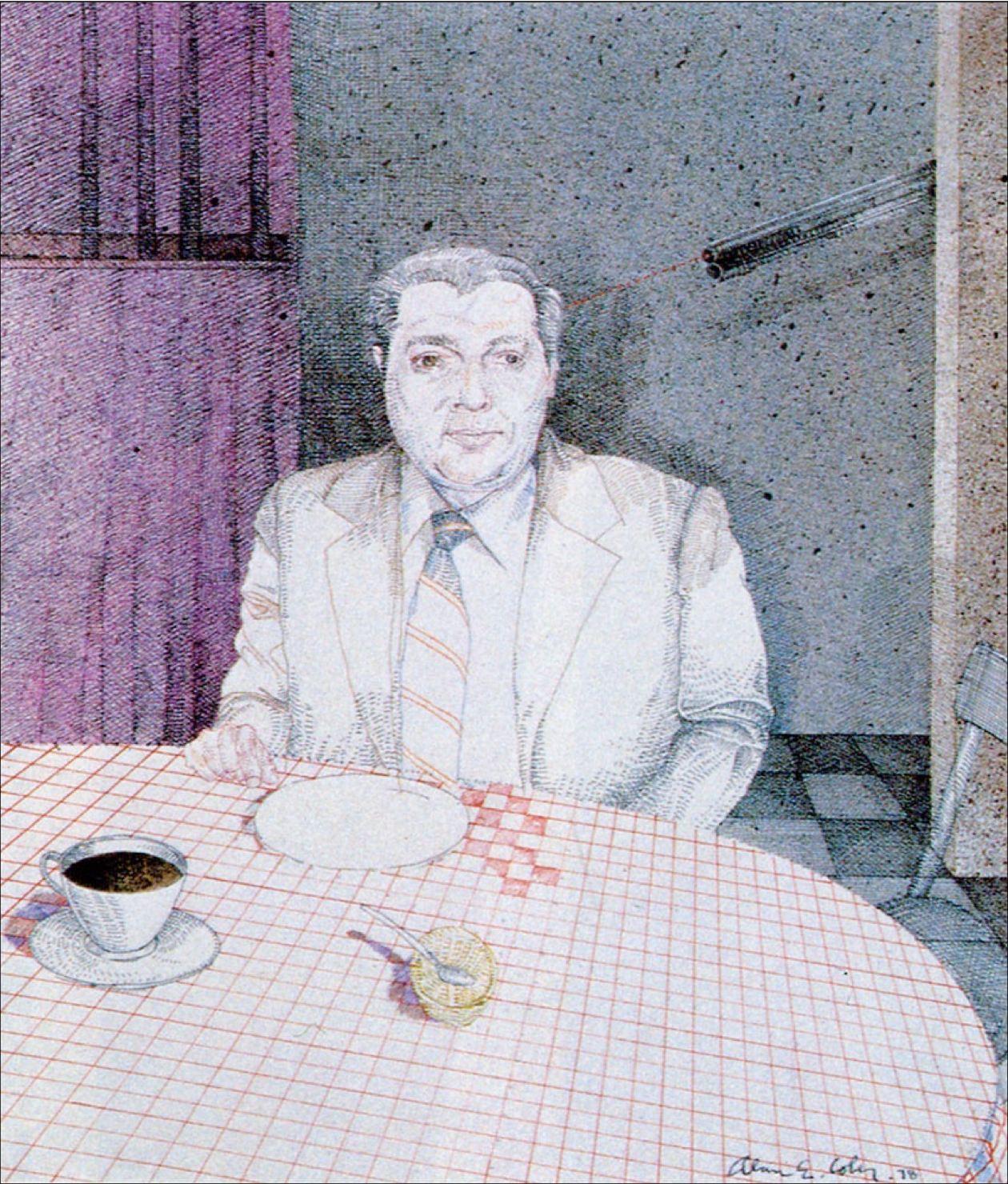
Alan E. Cober

Atlanta Magazine, for the article, “The Assassination of Martin Luther King, Jr.” — Who created this?
Alan E. Cober
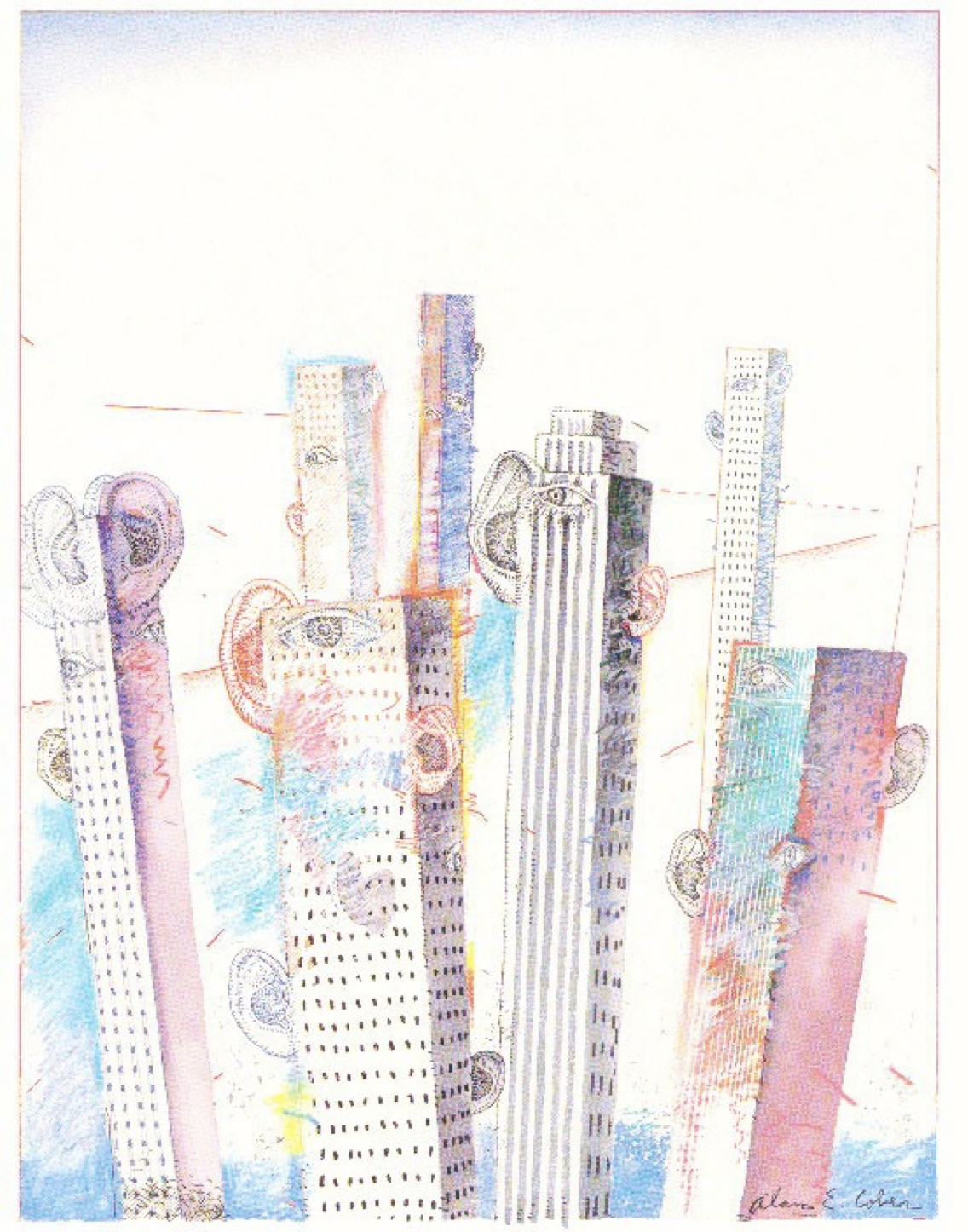
This artist has given human qualities to something inanimate and abstract— This was new. Who created this?
Alan E. Cober
This artist was a pioneer of expressionist illustration and was also a visual journalist, as with this collection of drawings of the institutionalized: prisoners, the mentally disabled, the elderly.
Alan E. Cober

Alan E. Cober
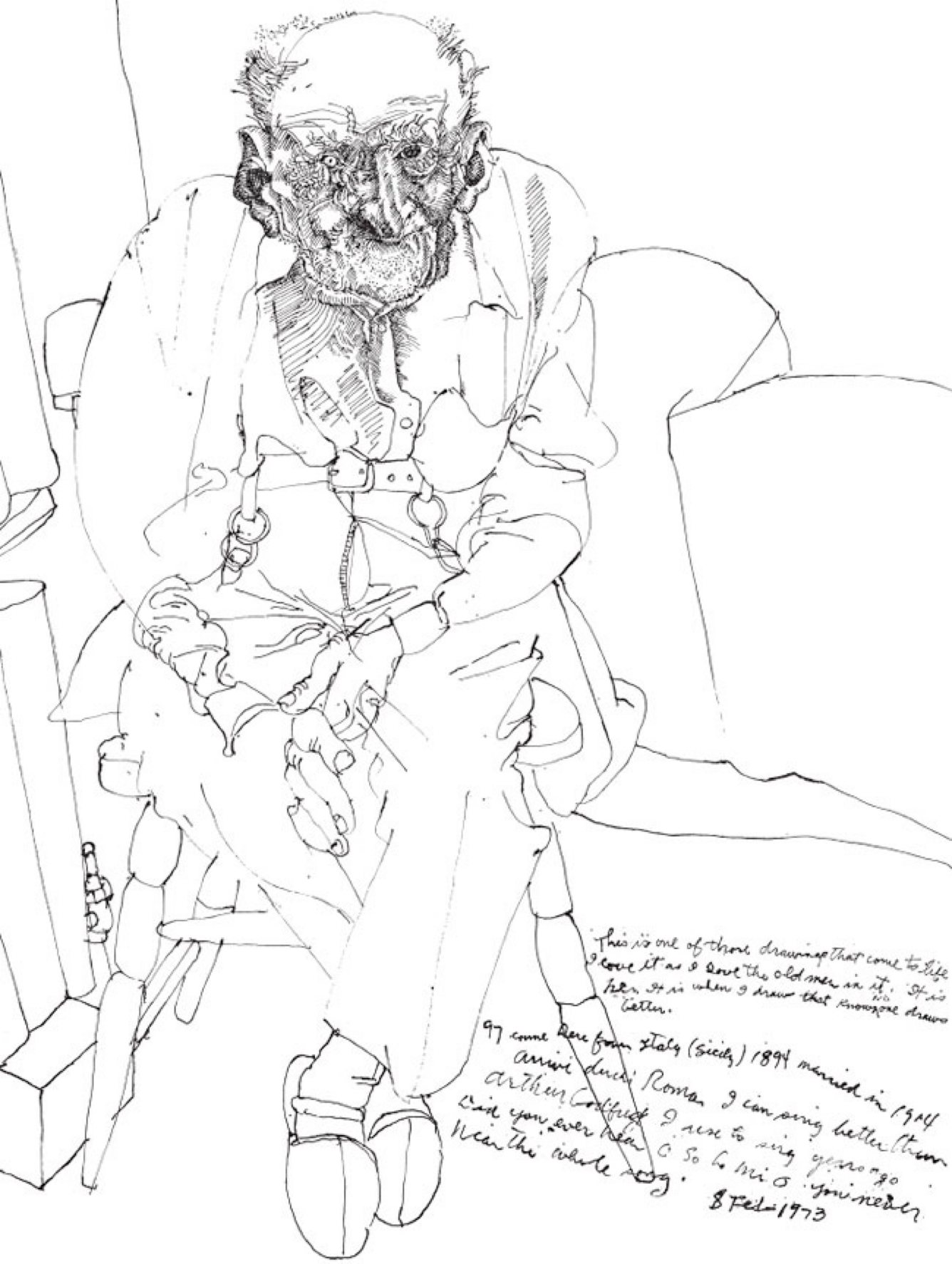
Alan E. Cober
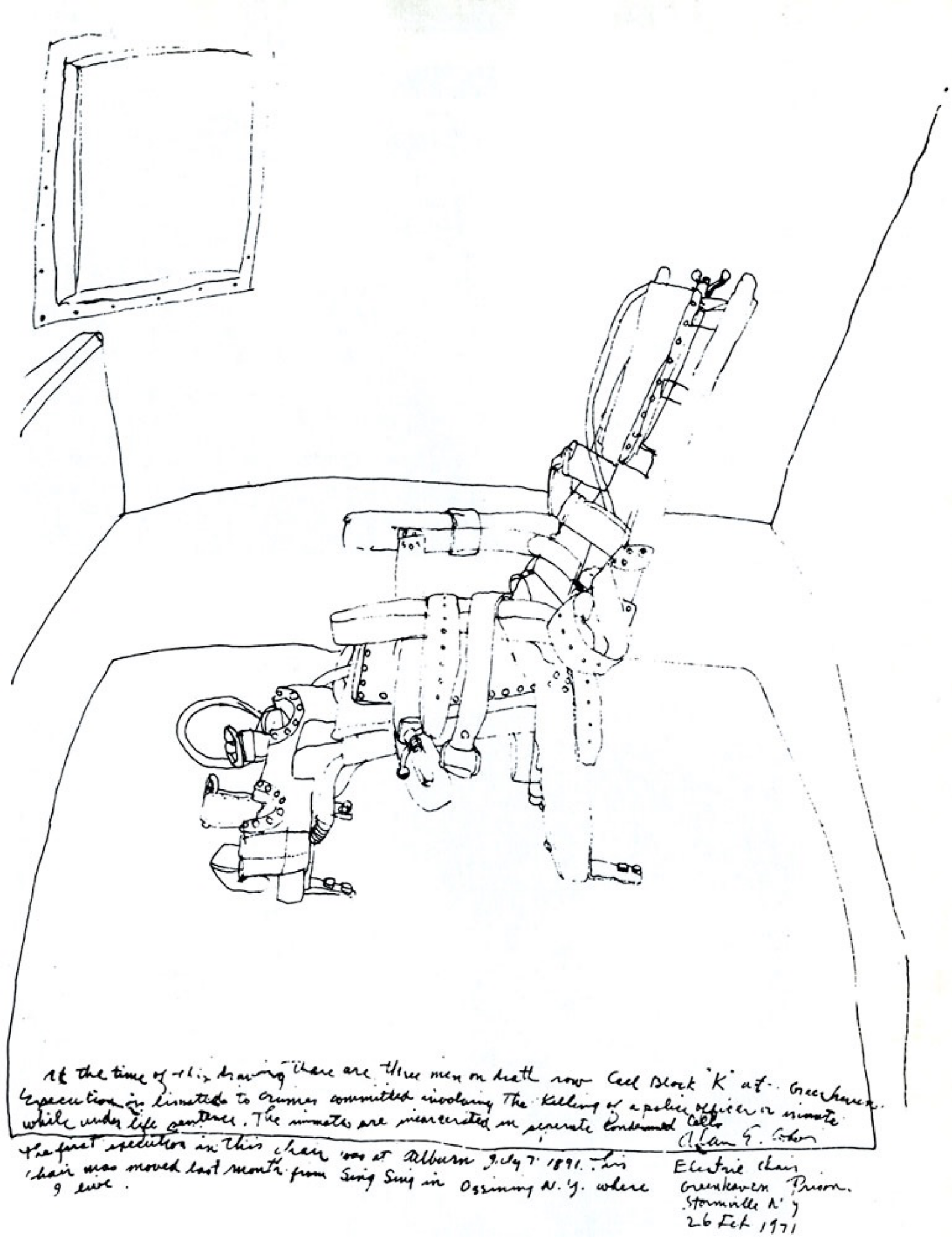
Alan E. Cober

Alan E. Cober
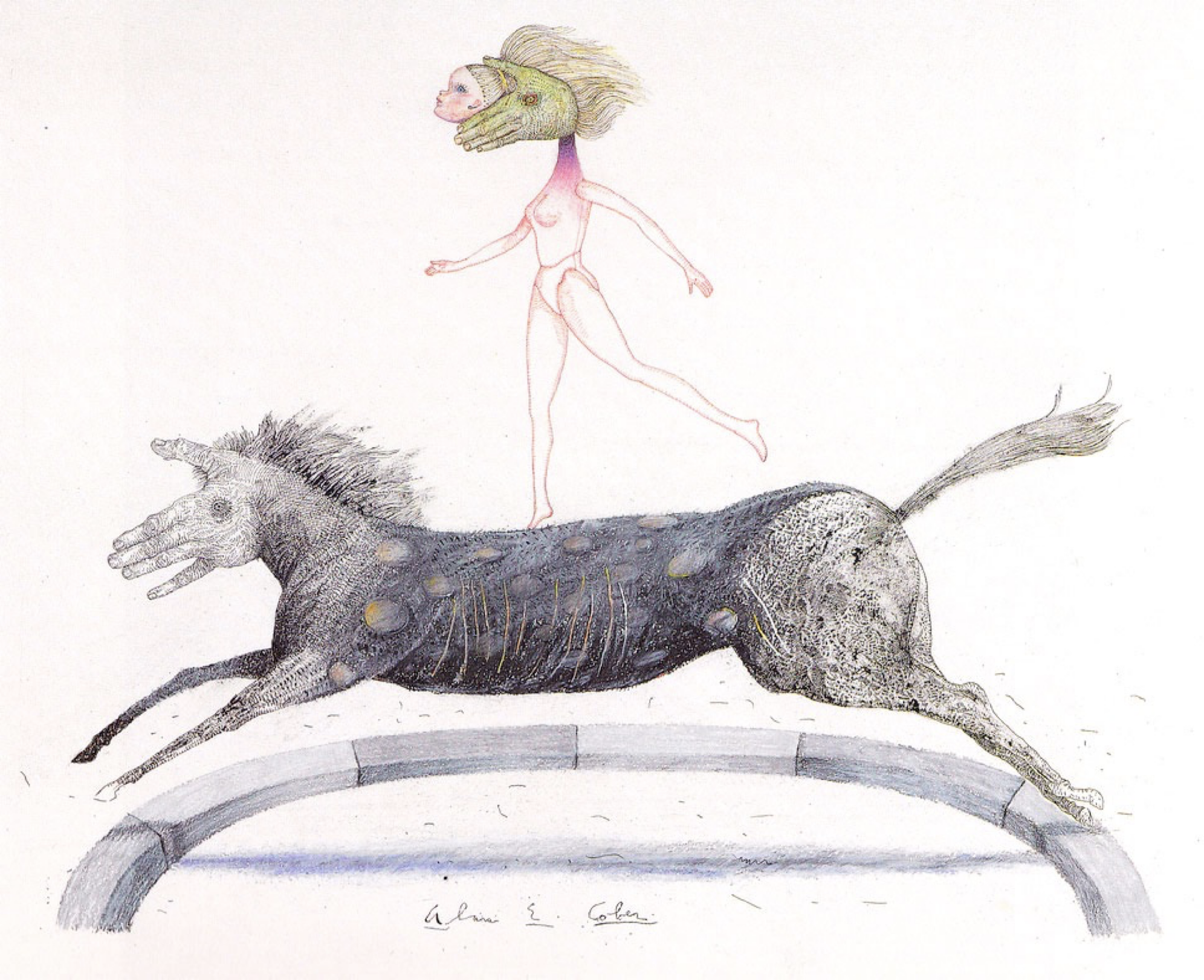
Alan E. Cober
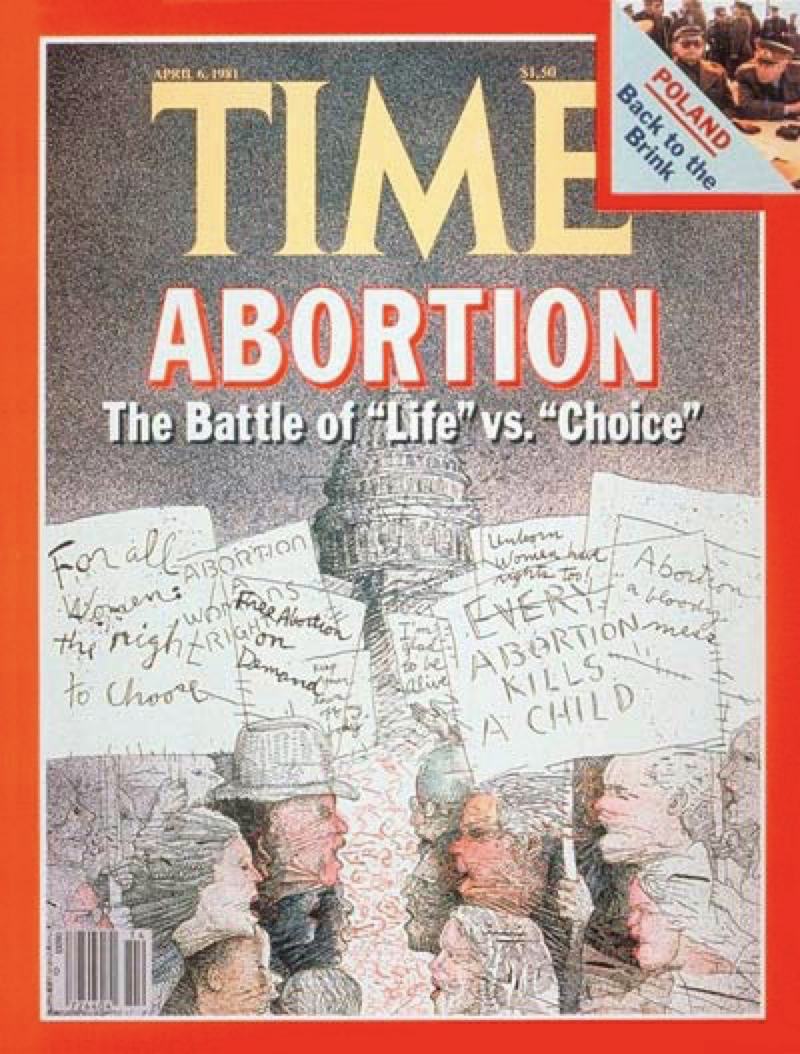
Alan E. Cober

This artist won a nation-wide contest for a new movie with Barbara Streisand, launching their career at age 22.
Richard Amsel

A sketch for a young artist’s album cover
Richard Amsel
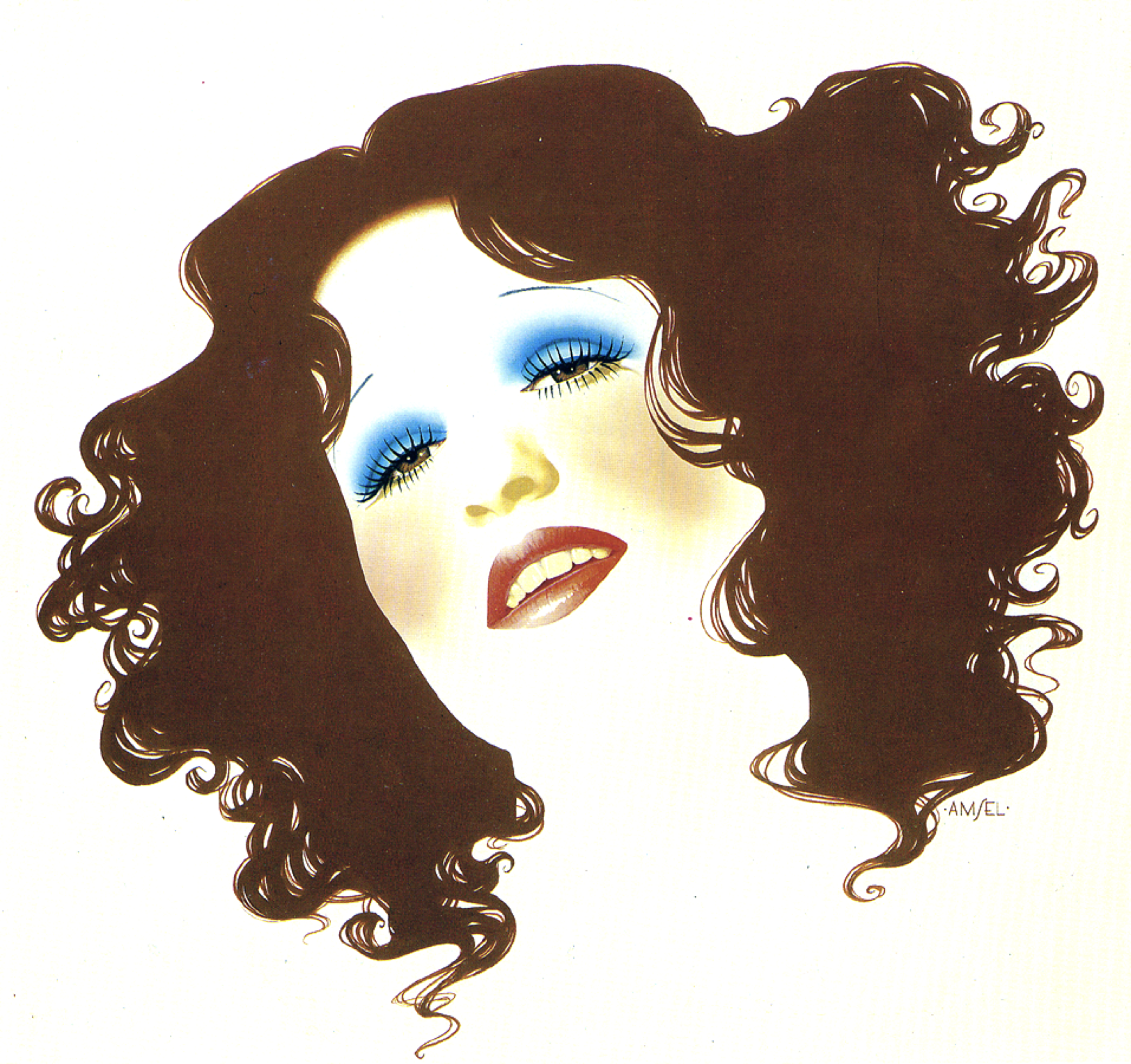
Richard Amsel
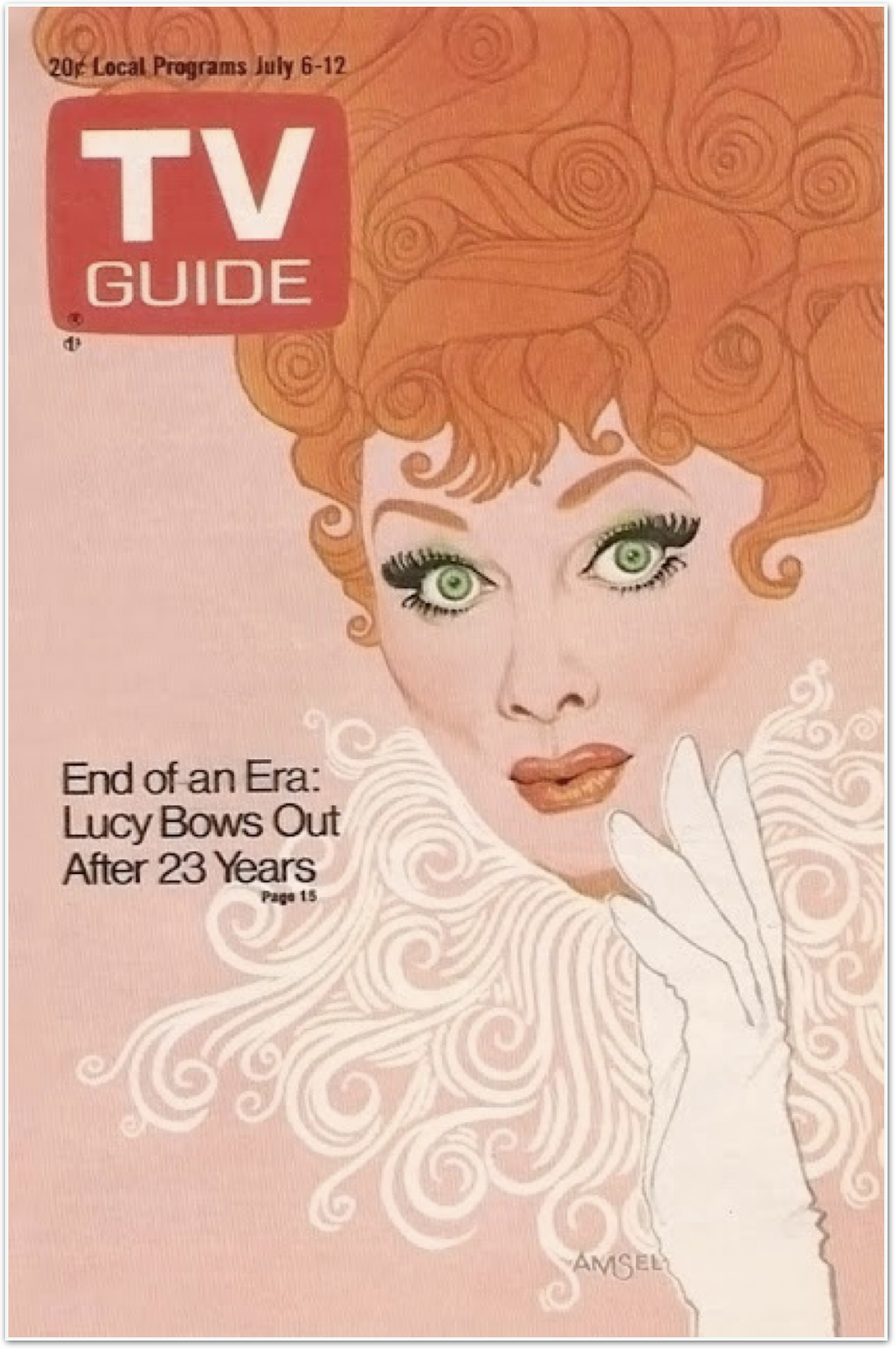
Richard Amsel

Richard Amsel
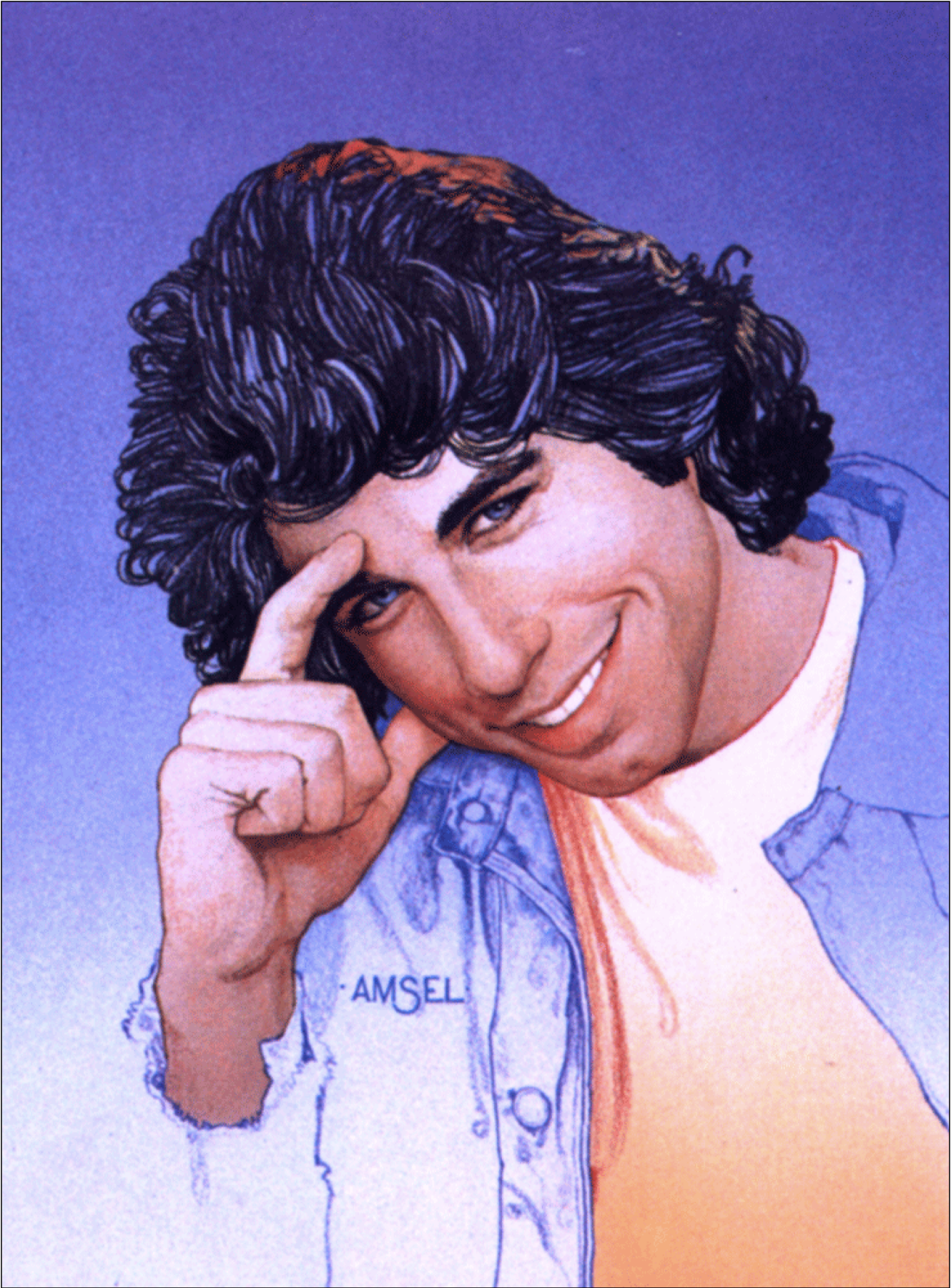
Richard Amsel
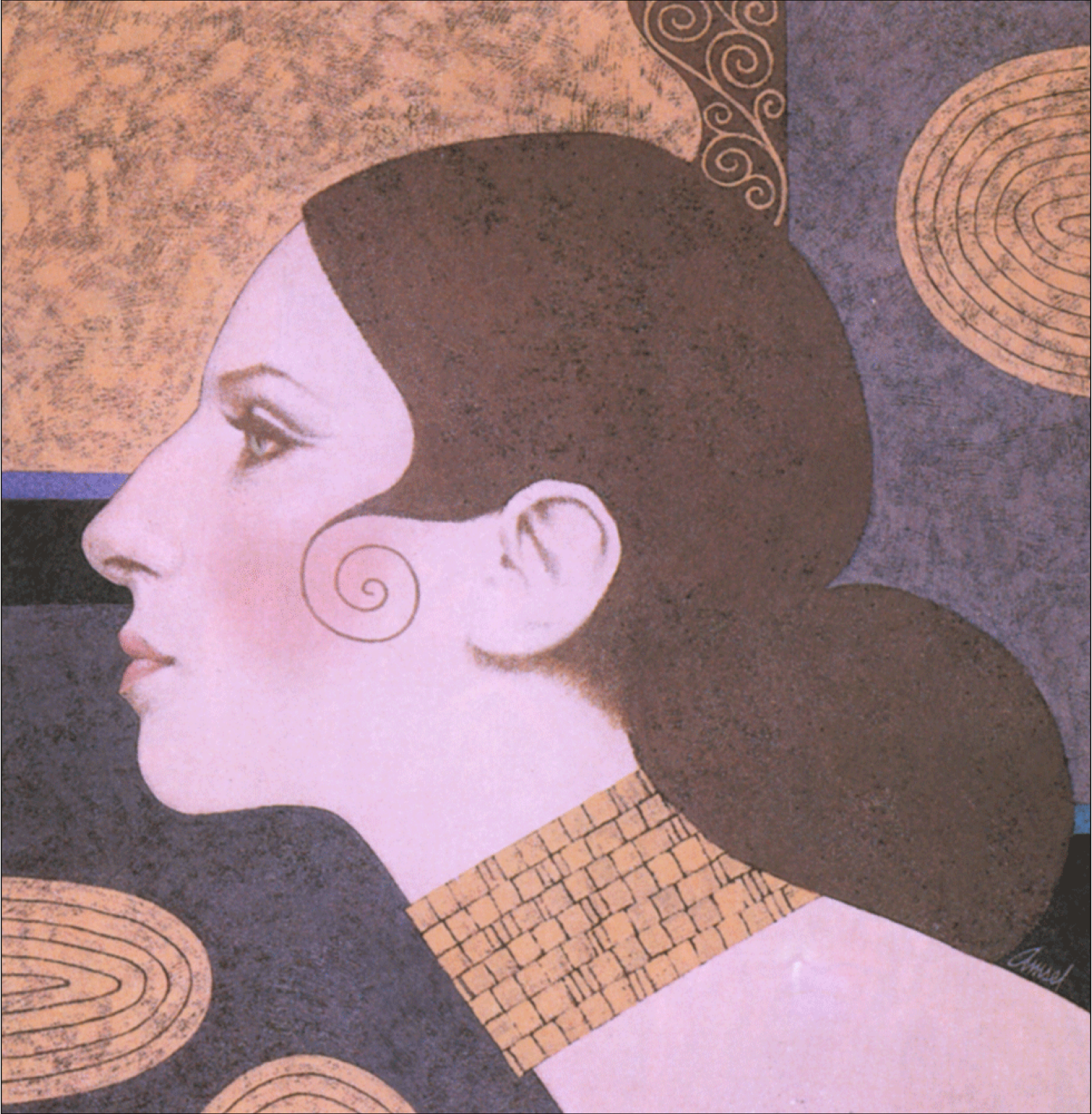
Richard Amsel
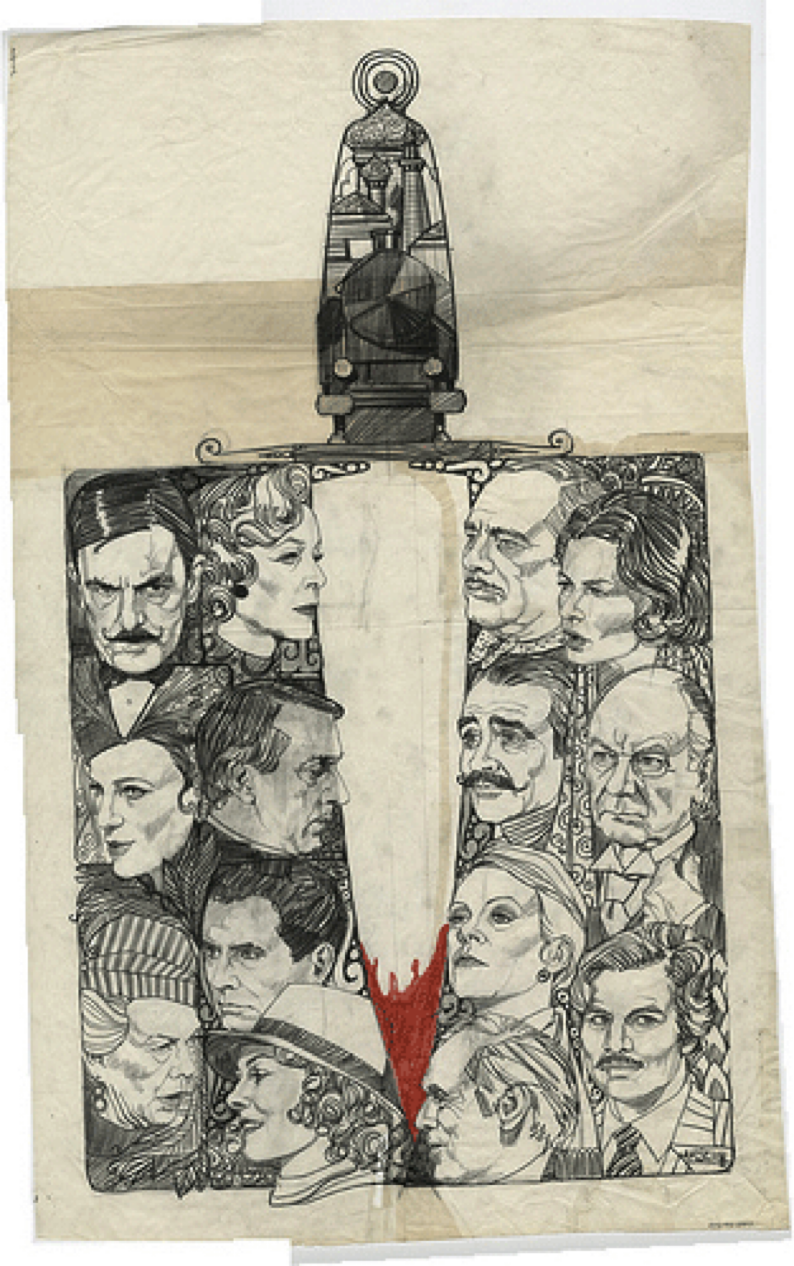
A refined pencil sketch on tracing paper for the 1974 movie Murder on the Orient Express
Richard Amsel

Richard Amsel
Which artist said this? “I’m interested in uncovering relationships between the past and the present, and in discovering how things have changed and grown. I don’t see any point in copying the past, but I think the elements of the past can be taken to another realm.”
Richard Amsel

Richard Amsel
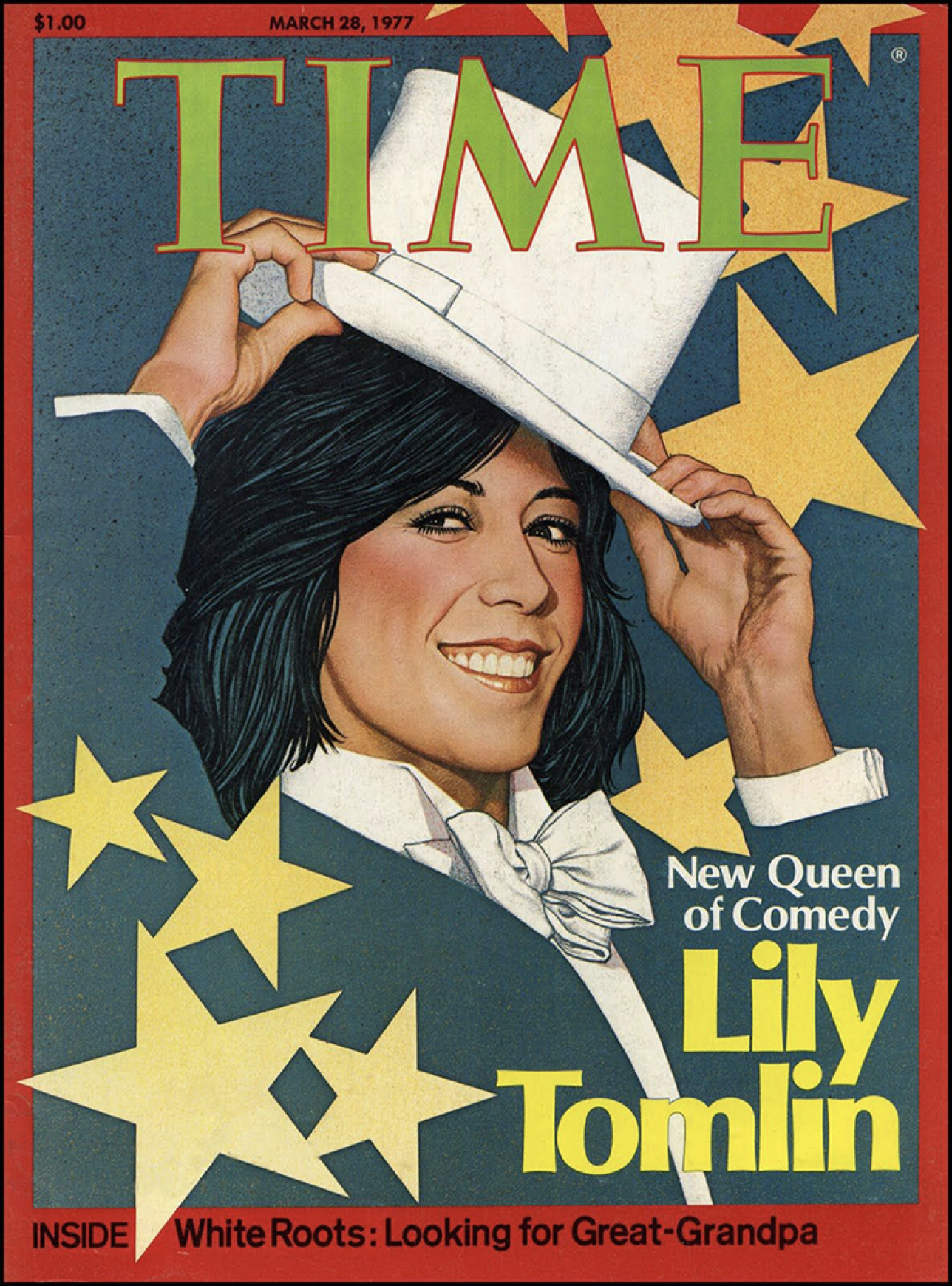
Richard Amsel
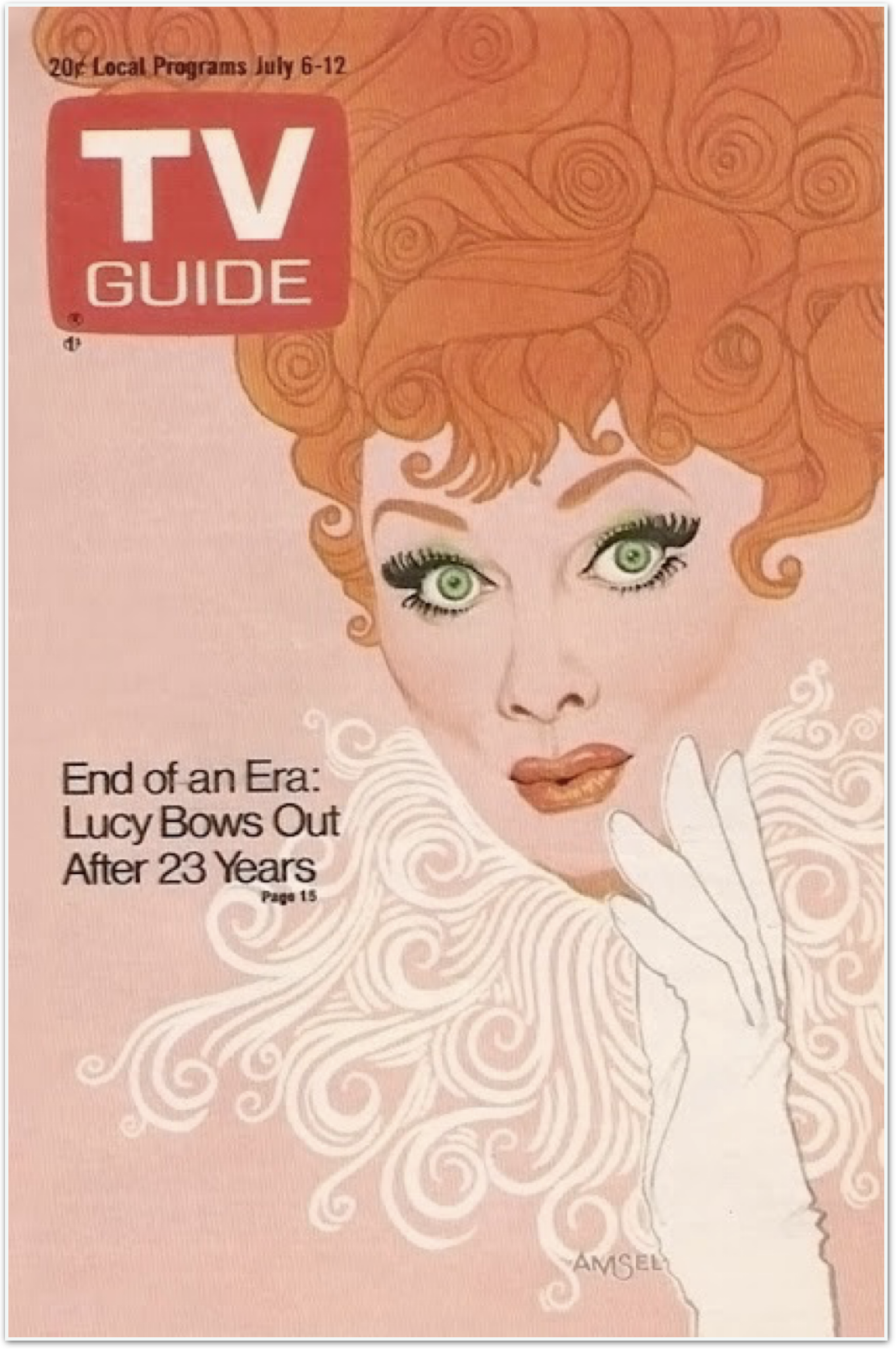
This artist appeared on TV Guide magazine, which was a huge showcase for illustrators during this decade.
Richard Amsel
This artist was a pioneer of expressionist illustration and a visual journalist, showcasing the institutionalised in a collection of drawings.
Alan E. Cober
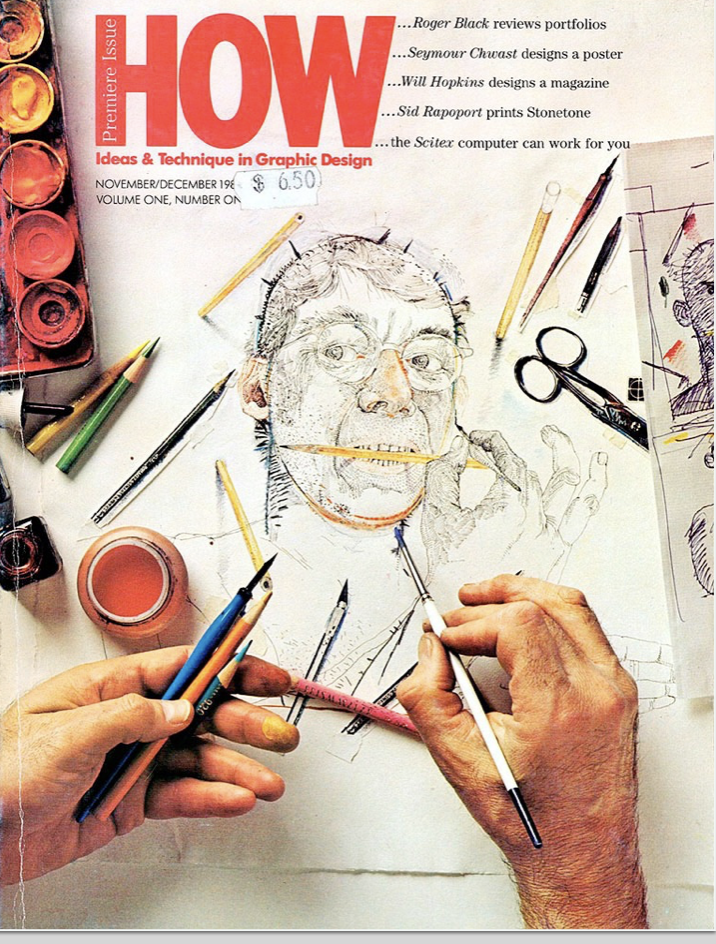
Alan E. Cober
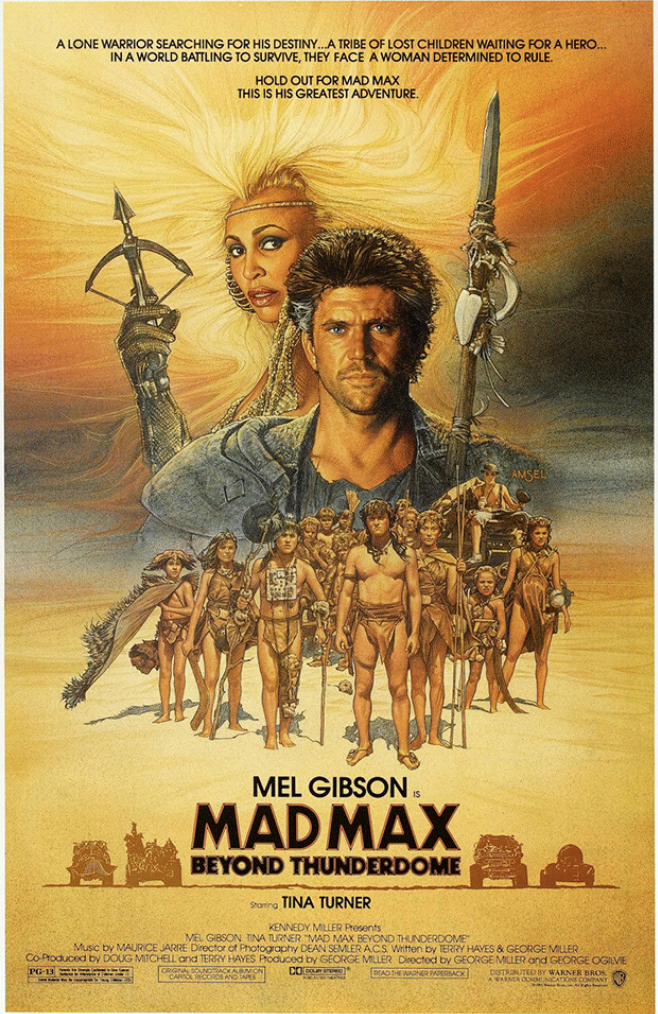
This was this artist’s last professional project before dying of AIDS-related complications in 1985. Who were they?
Alan E. Cober
This artist produced a series of woodcut illustrations that contributed to several classic Canadian book covers.
Bascove
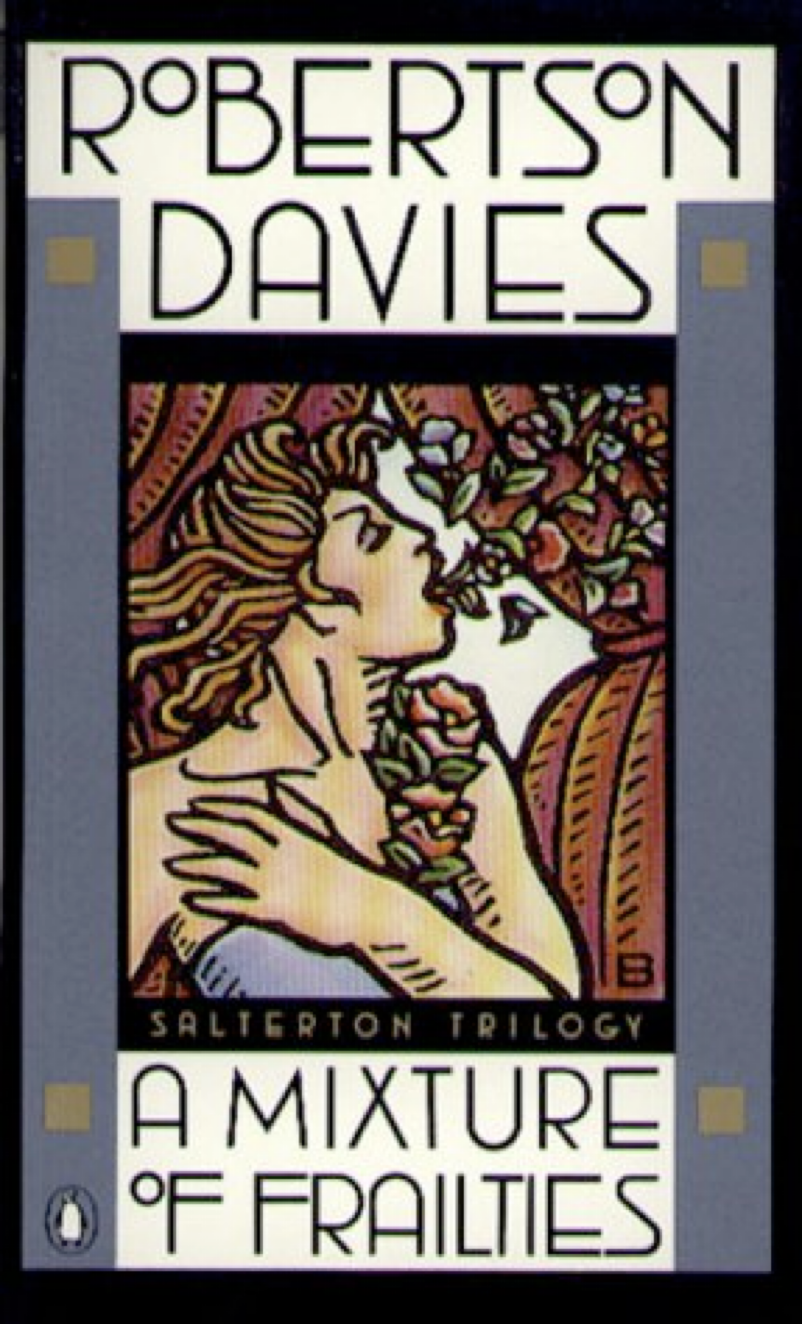
This artist discovered wood cuts in college and was told she would not get any print jobs with wood cuts by her illustration teacher.
Bascove
“At that time, women were doing either children’s book illustration or working for the women’s magazines. Although I worked regularly for Redbook, it wasn’t enough income to keep me afloat. So I did my share of children’s book illustration, too.” — Who said this?

This artist does tight sketches in a heavy black line.
Bascove

Bascove
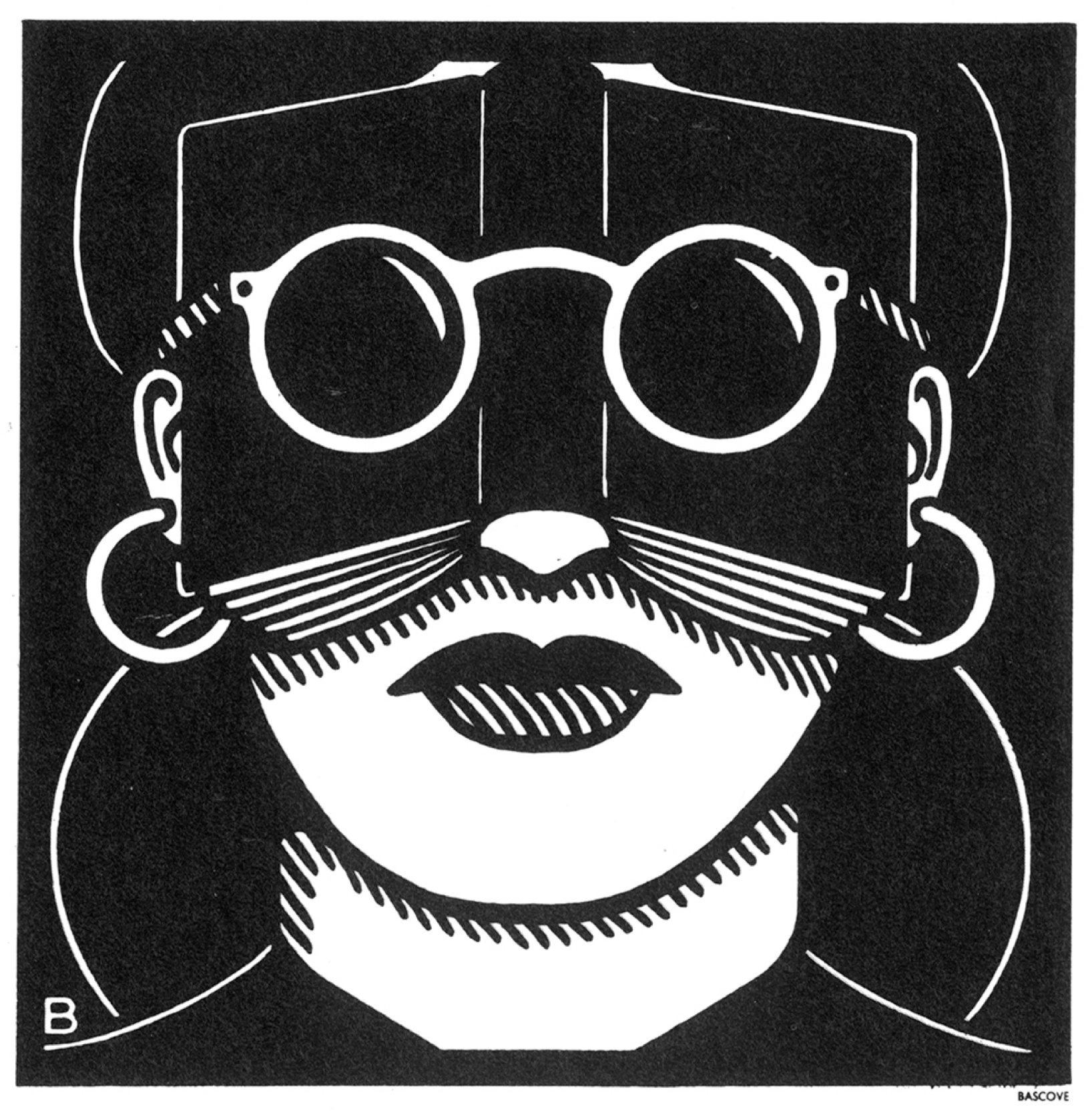
Bascove

Bascove

Bascove
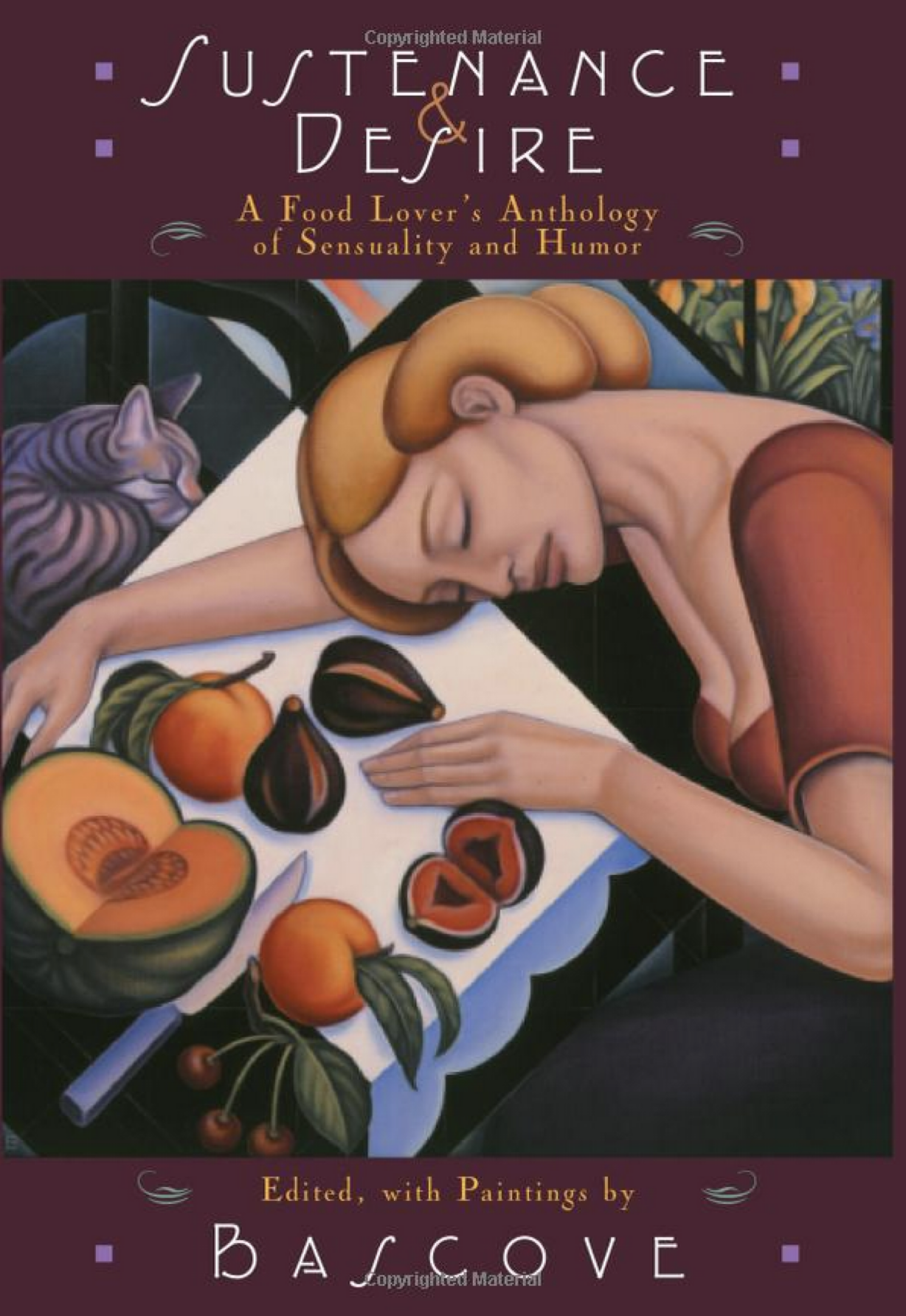
Bascove
America’s greatest goth eccentric
Edward Gorey
“Their drawings capture a whole little personal world, equally amusing and sombre, nostalgic at the same time as claustrophobic, at the same time poetic and poisoned” — Who was this quote about?.
Edward Gorey
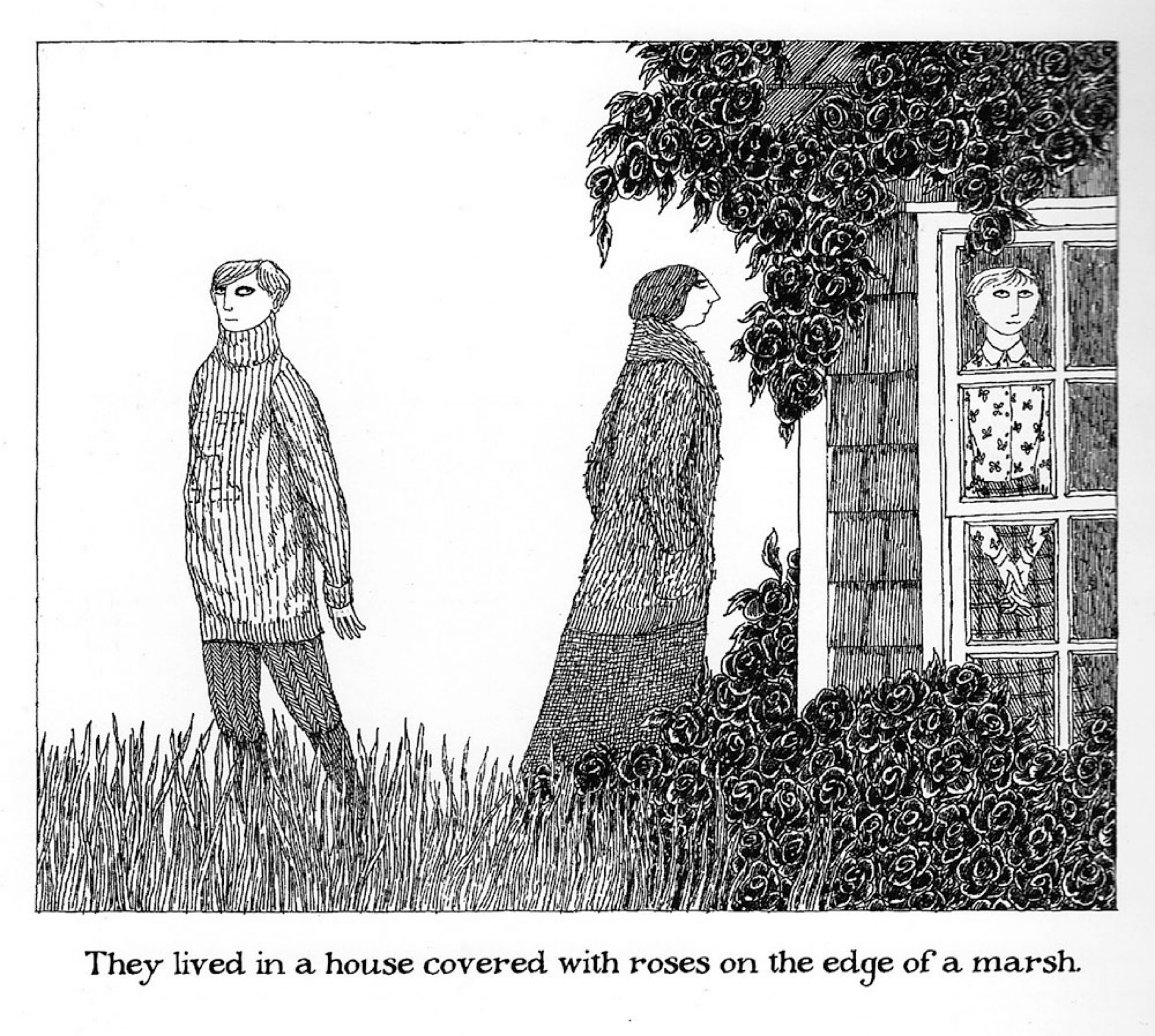
This artist was a child prodigy, drawing pictures at the age of two and teaching themself to read by the age of three.
Edward Gorey
This artist was offered a position with Doubleday’s new imprint Doubleday Anchor in New York City, and quickly became a significant figure in their art department, designing more than fifty covers/being recognised as a major commercial illustrator. A couple years later, they went freelance, and stayed that way for the rest of their life.
Edward Gorey
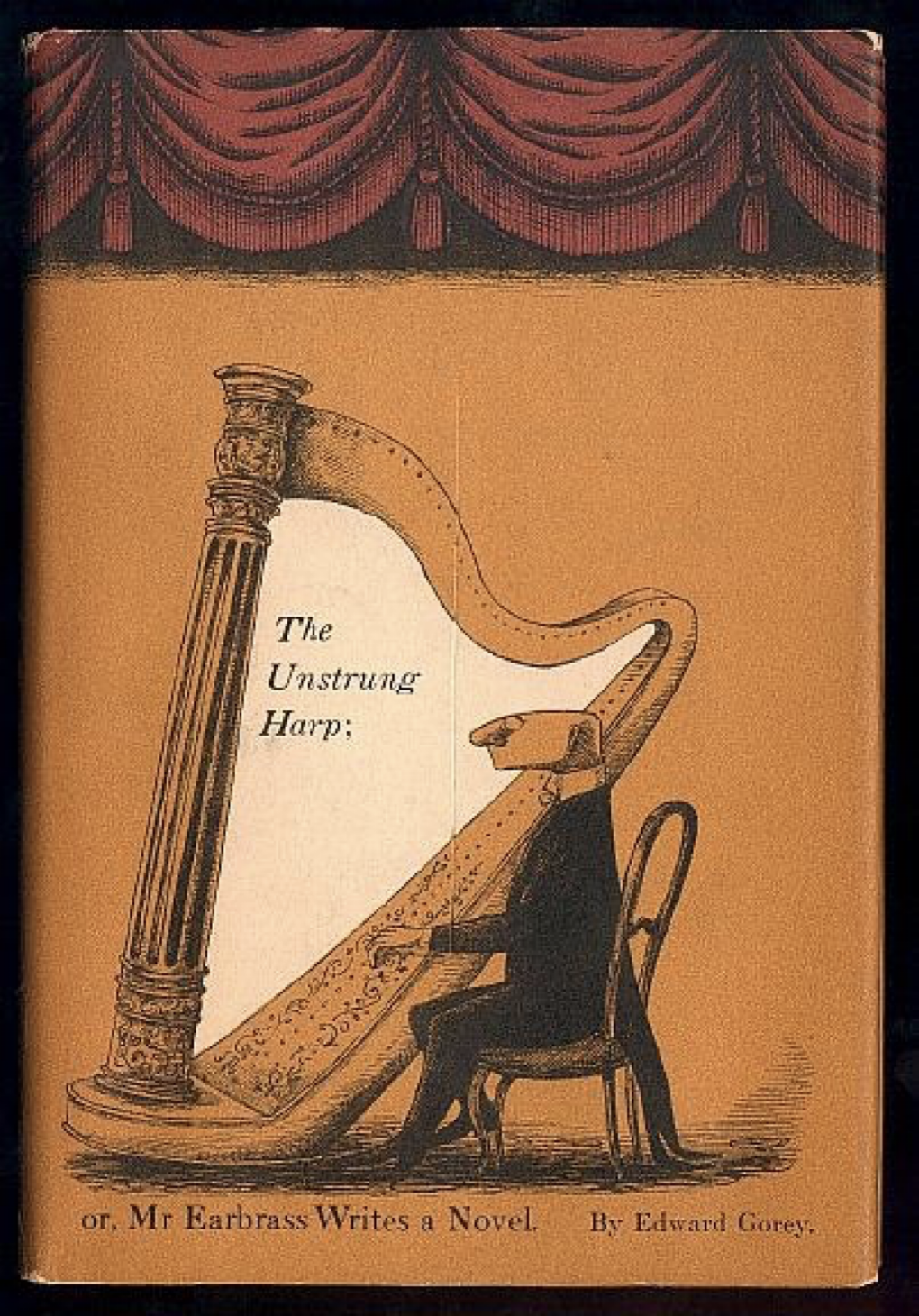
Edward Gorey
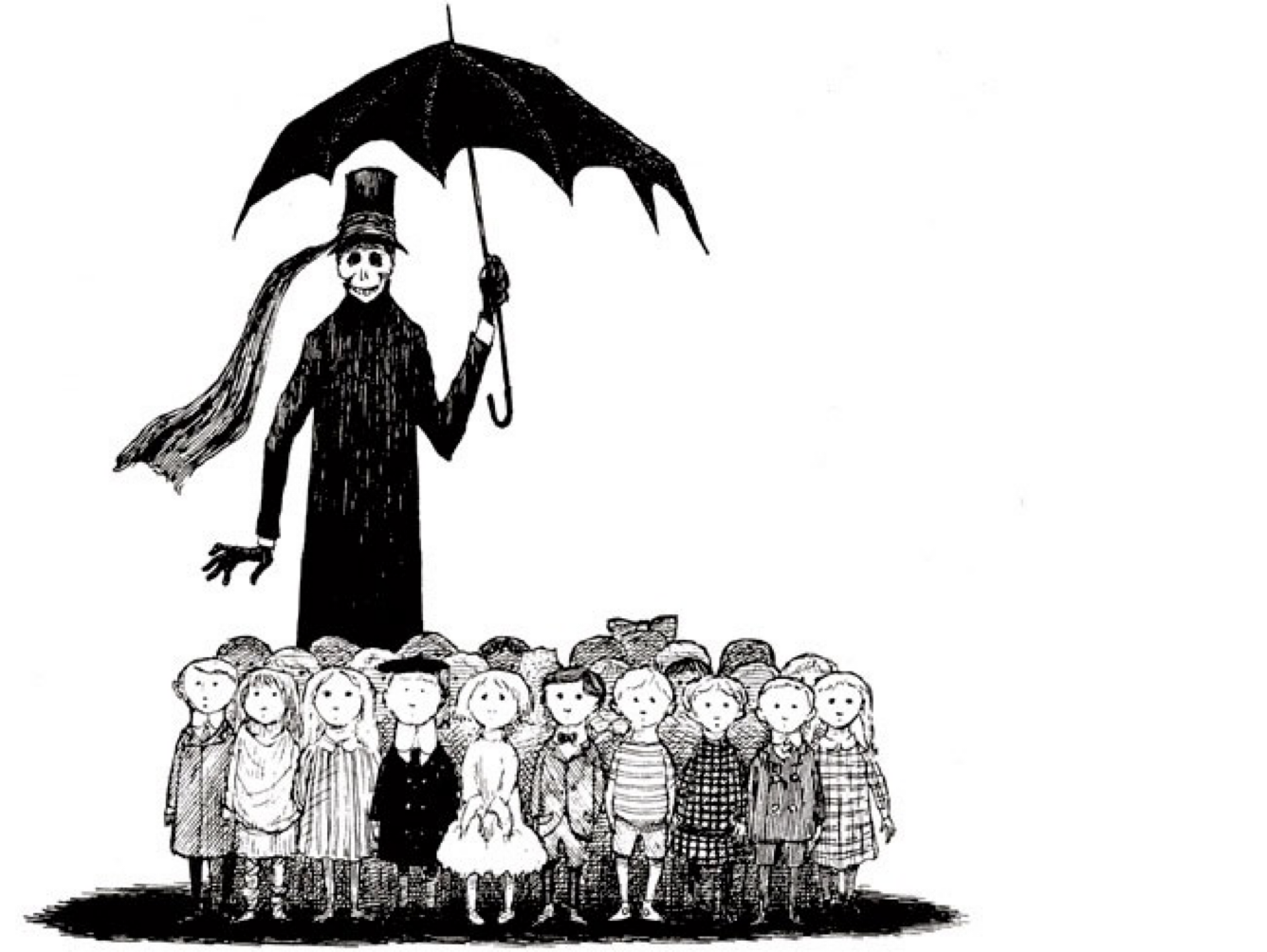
Edward Gorey
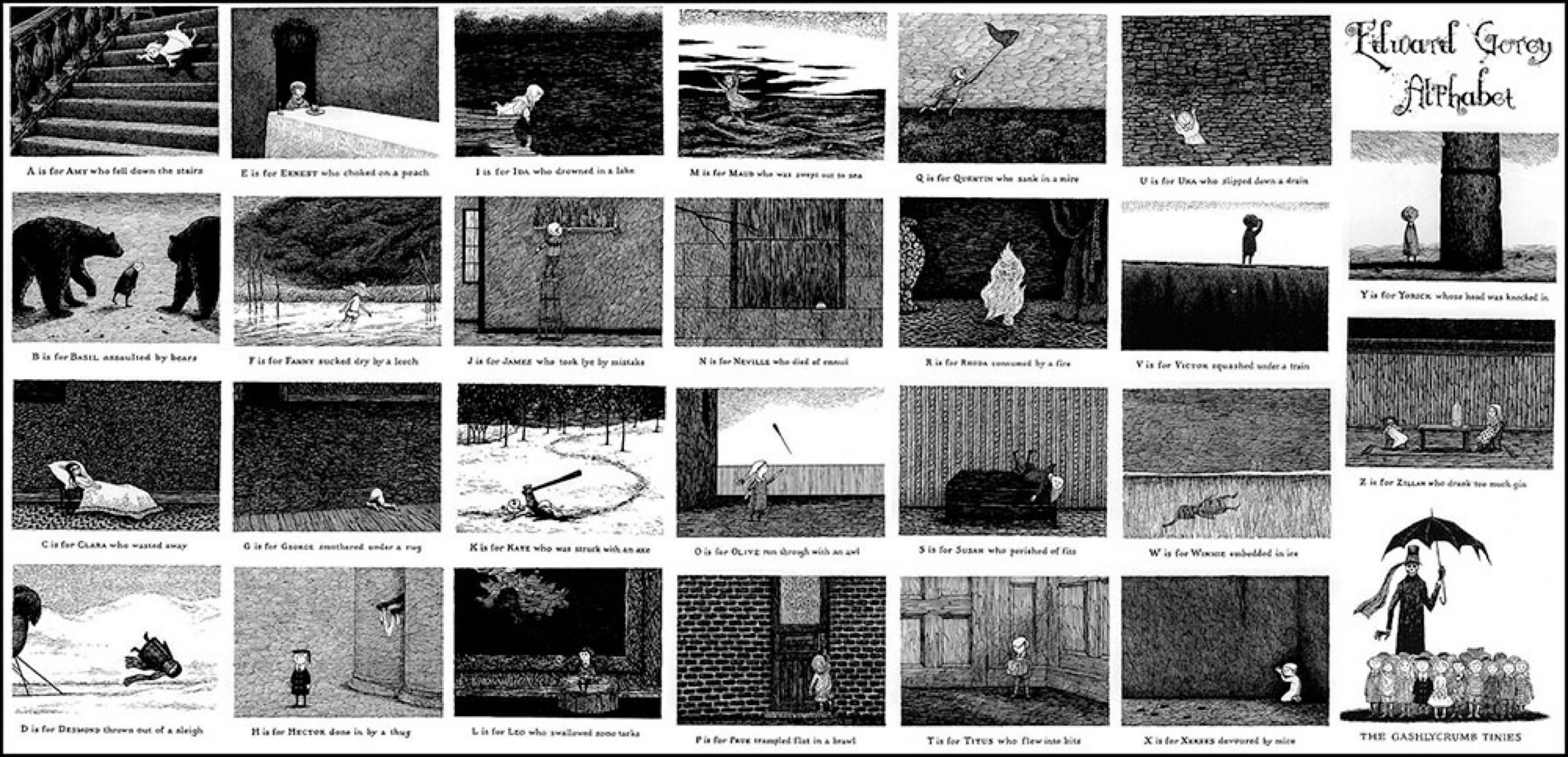
Alphabet for multiple ways children can die— Who made this macabre piece?
Edward Gorey
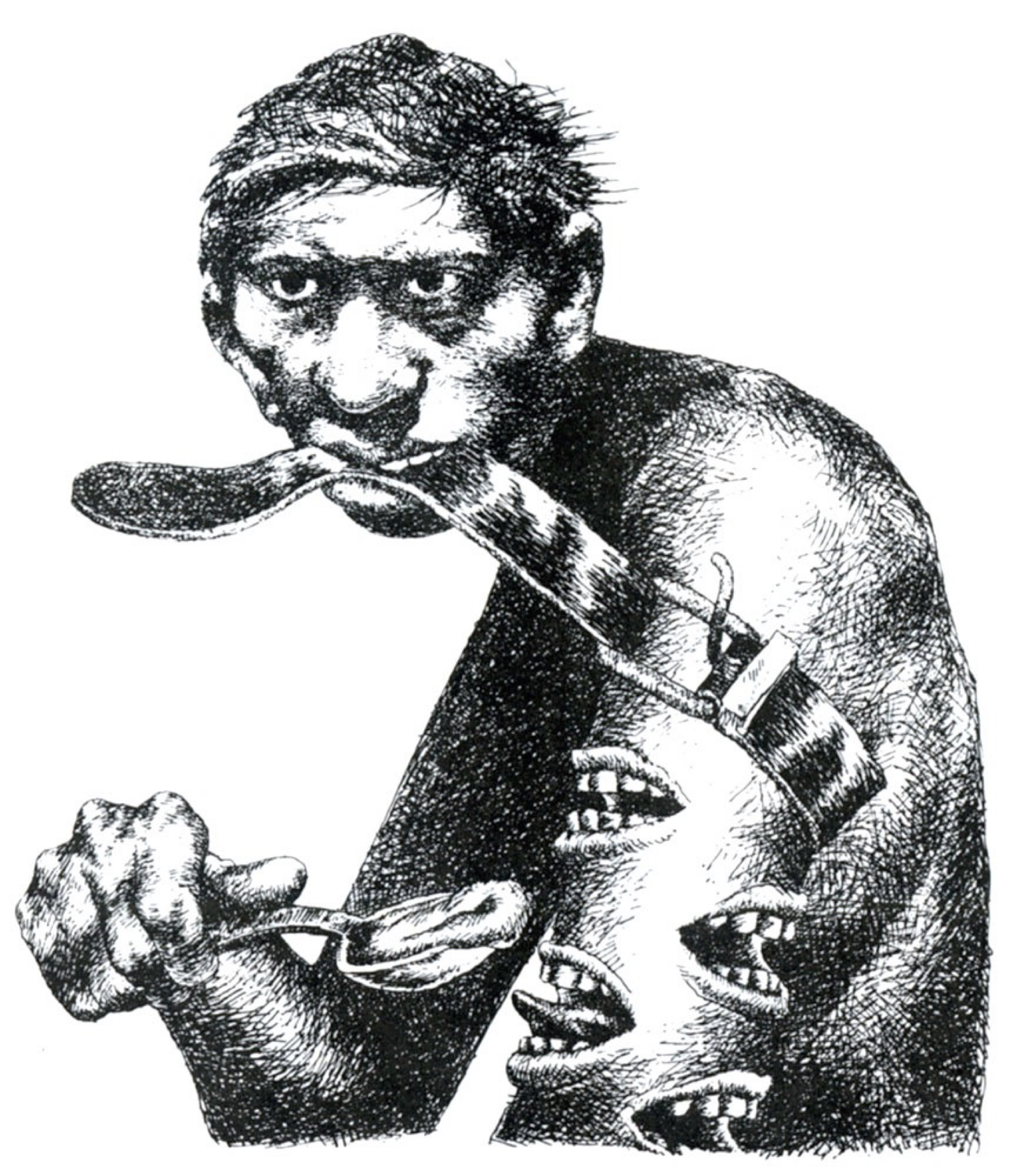
Entirely self taught, this American artist’s first clients were Playboy, Redbook, and the underground press.
Brad Holland
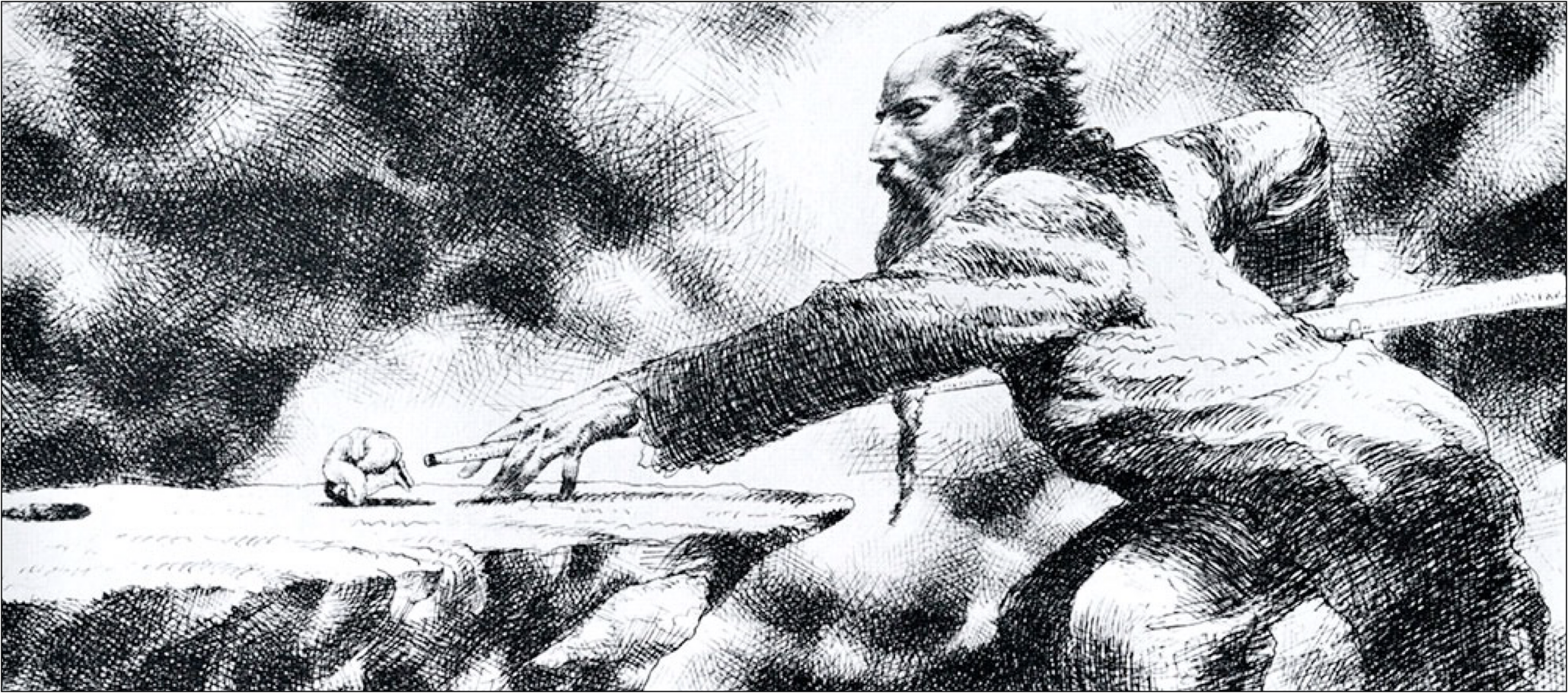
Brad Holland
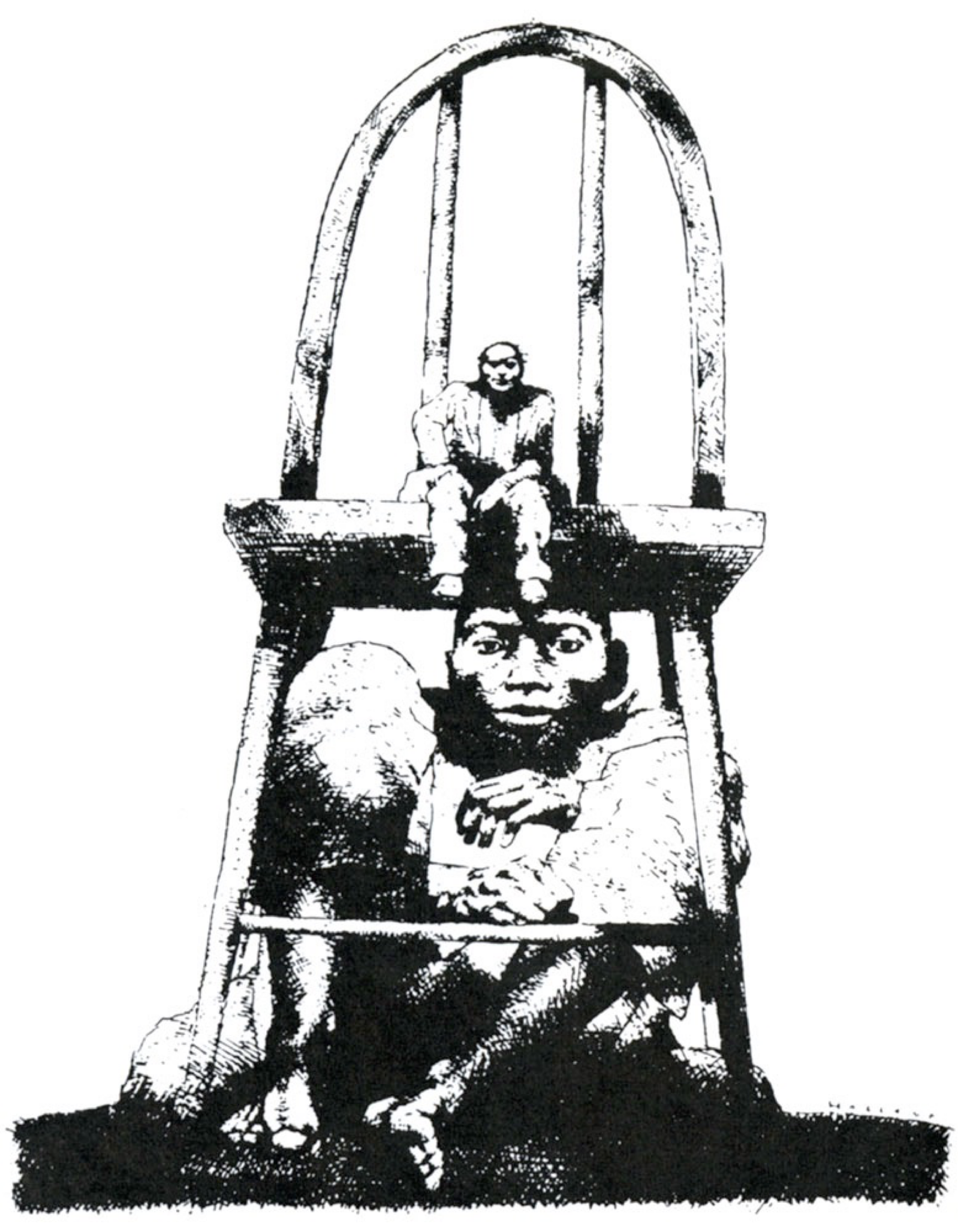
“South Africa’s Seat of Power” — for the New York Times
Brad Holland
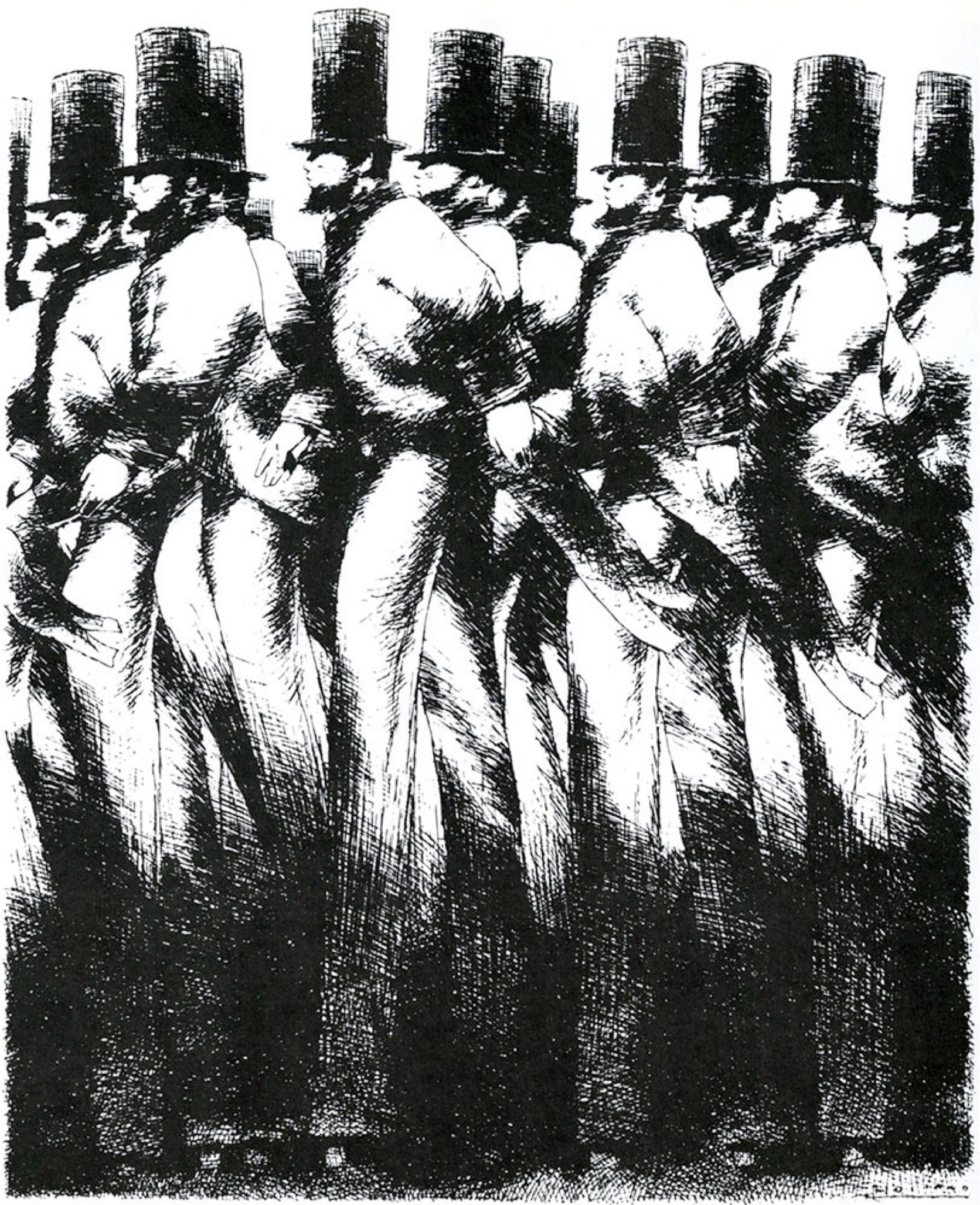
Brad Holland
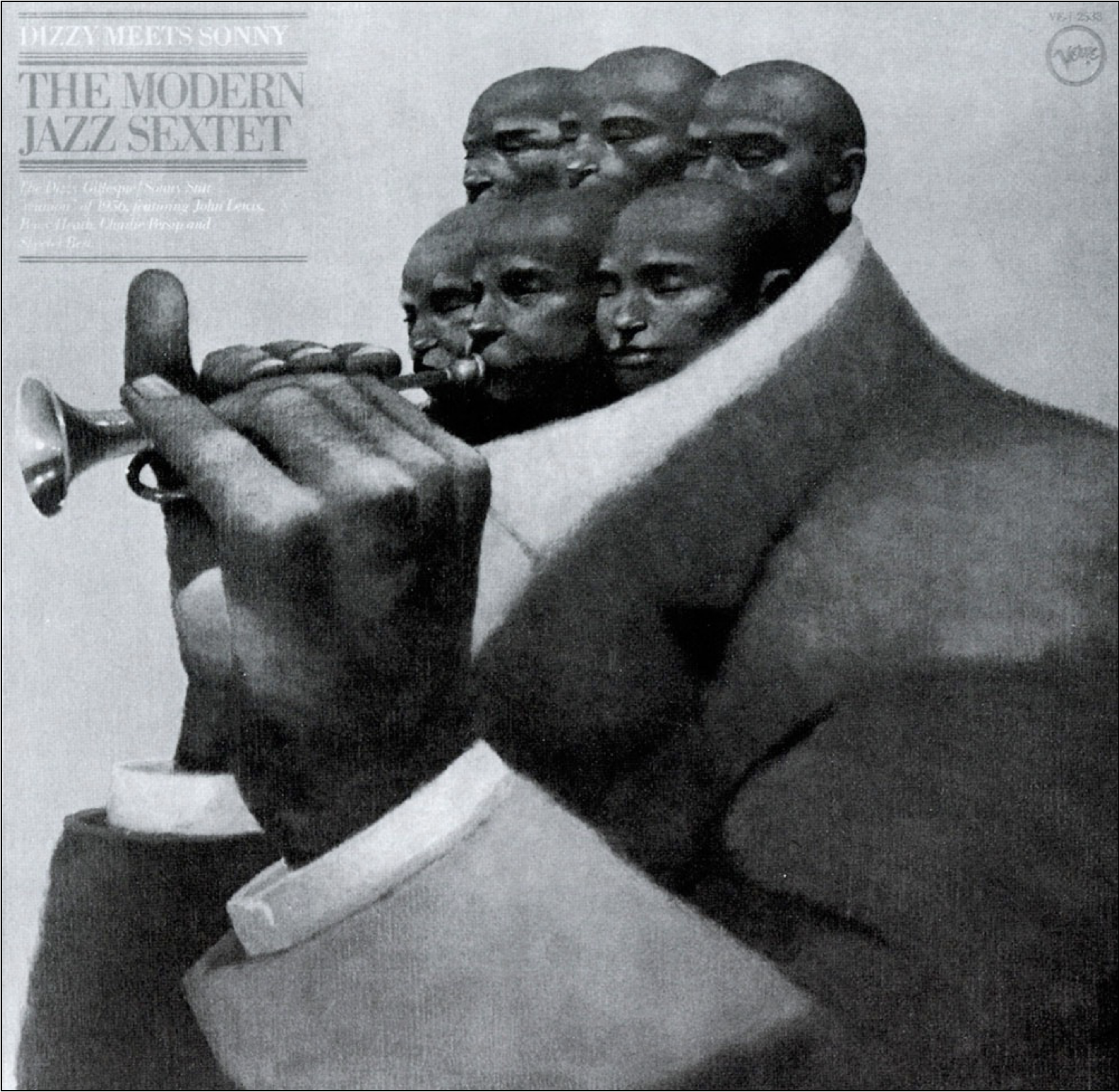
Brad Holland
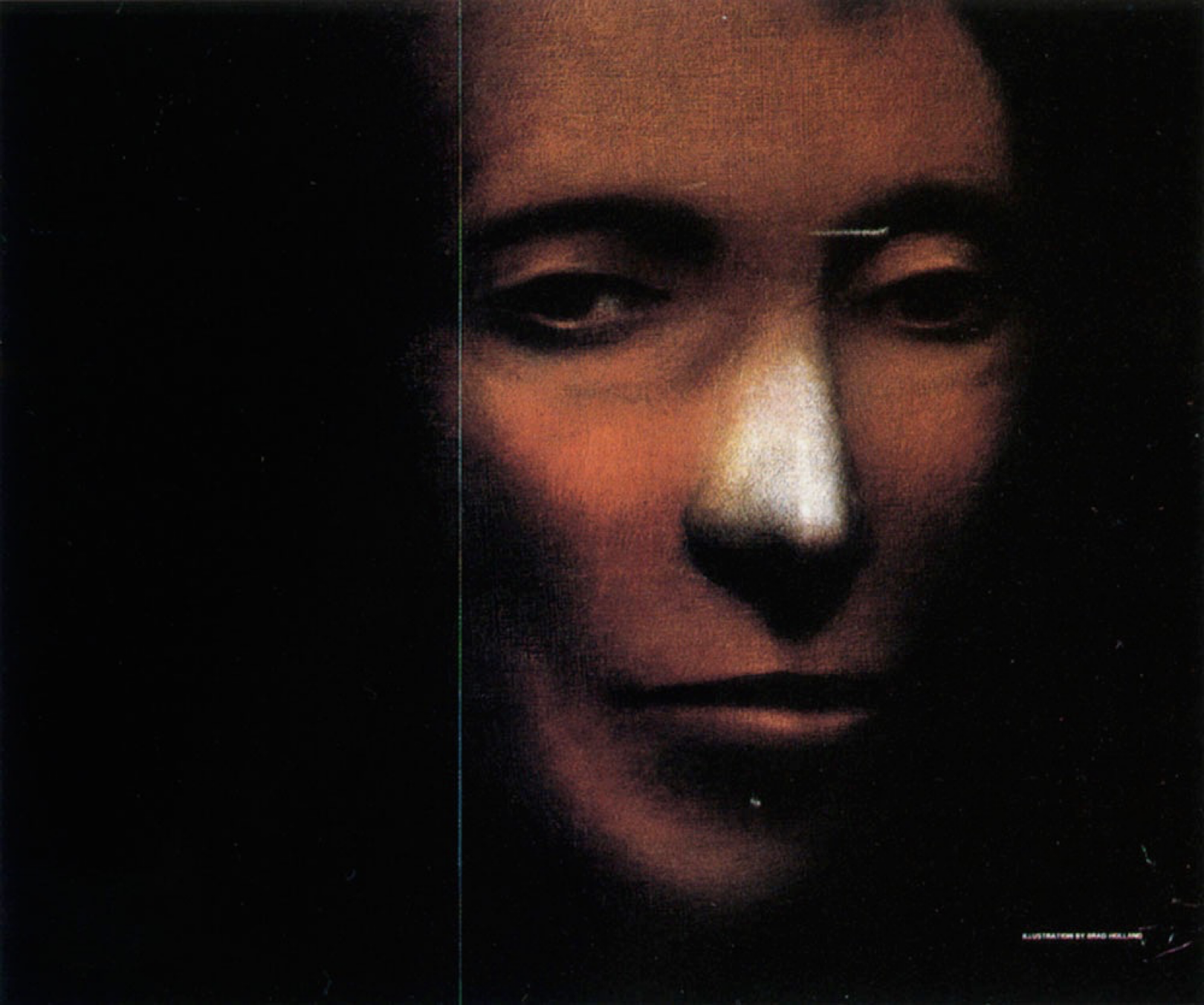
Brad Holland

Brad Holland

This was for a five-hour Italian film about the birth of fascism. Which Canadian artist made this?
Doug Johnson
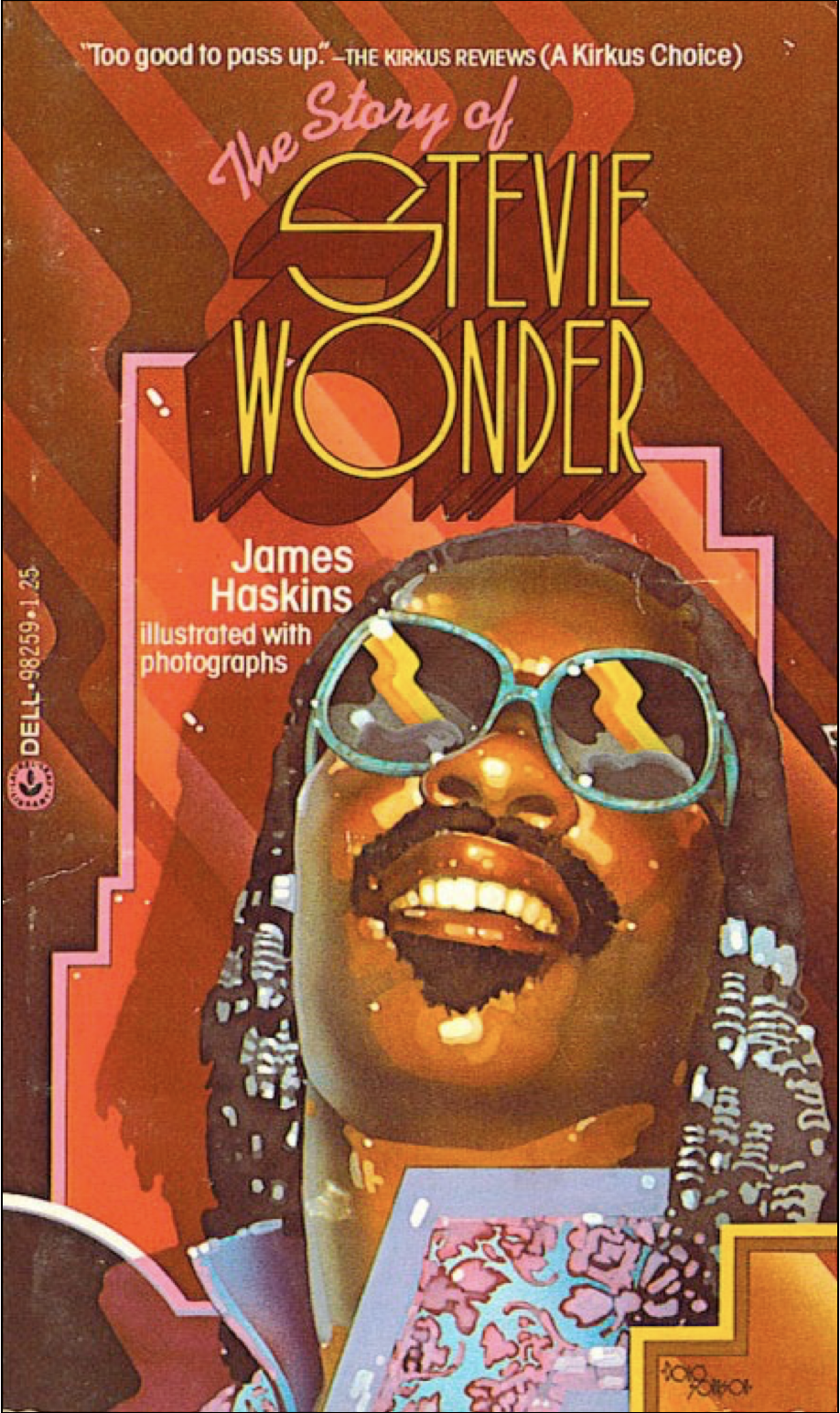
Doug Johnson
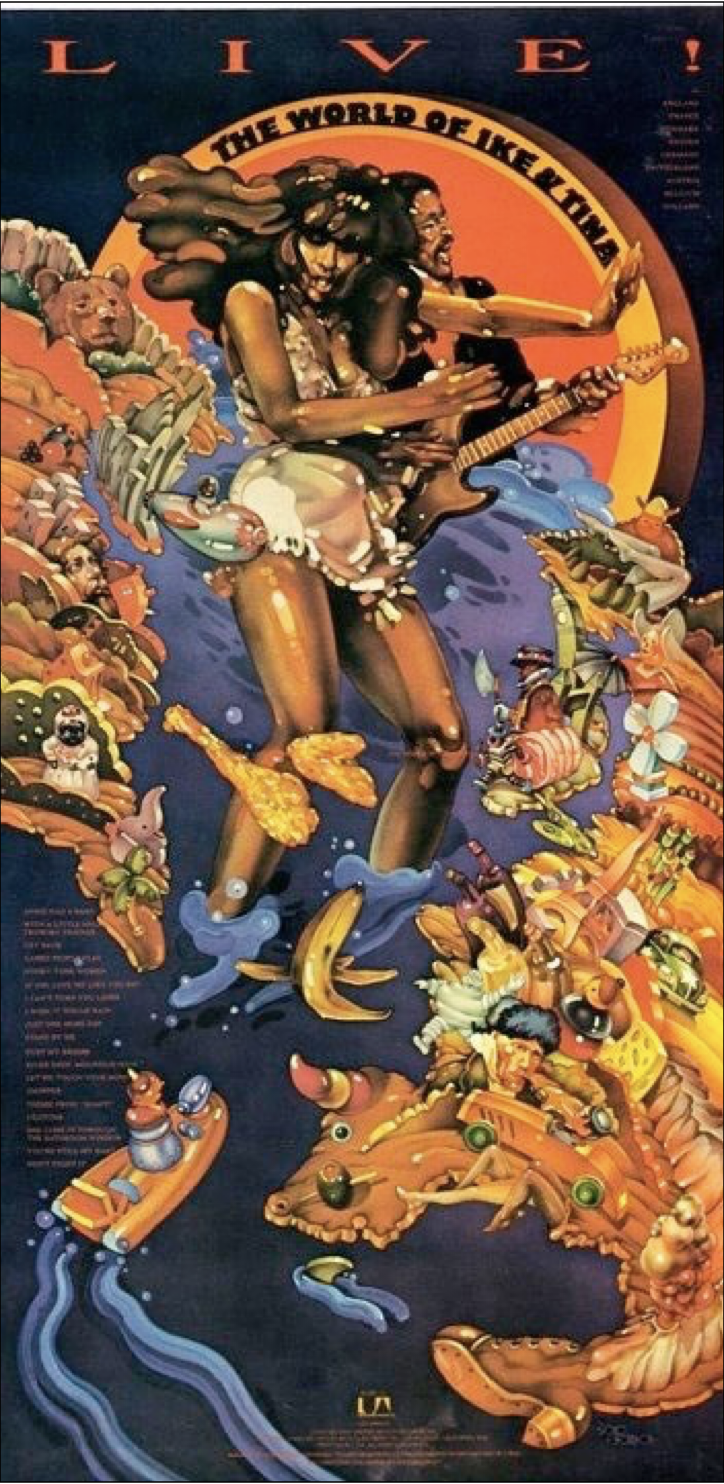
For a double album cover of Tina Turner’s live stage show.
Doug Johnson

Doug Johnson

This artist’s medium, in most cases, was airbrush.
Doug Johnson

Doug Johnson
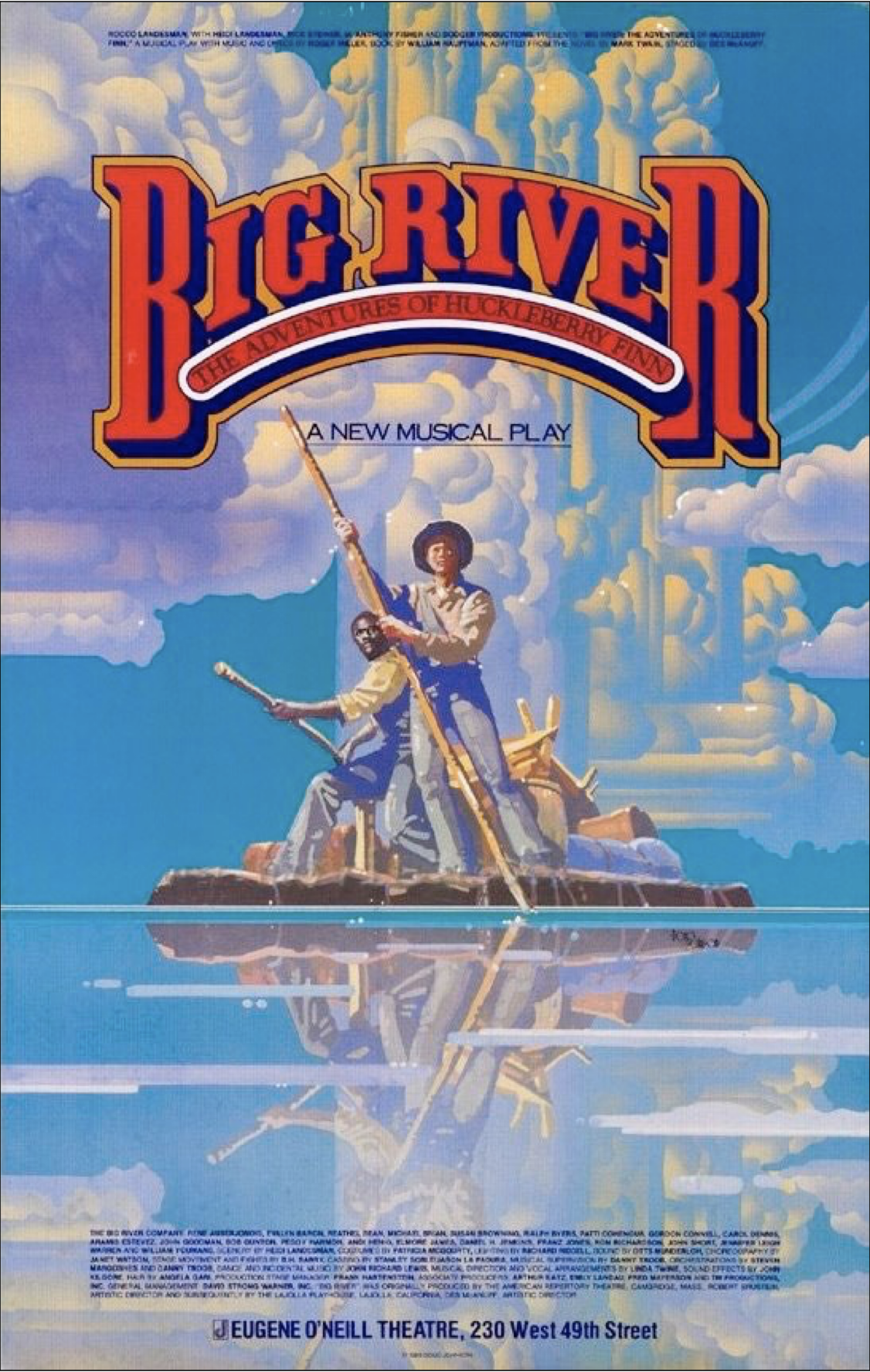
This artist has primarily focused on theatre related work such as posters, graphics, and scenic design. Who are they?
Doug Johnson
This American artist’s first gig was for a company calendar, which gave him excellent training on how to vary subject matter and producing work quickly.
John Berkey

This artist was commissioned to do lillustrations of NASA astronauts.
John Berkey

John Berkey
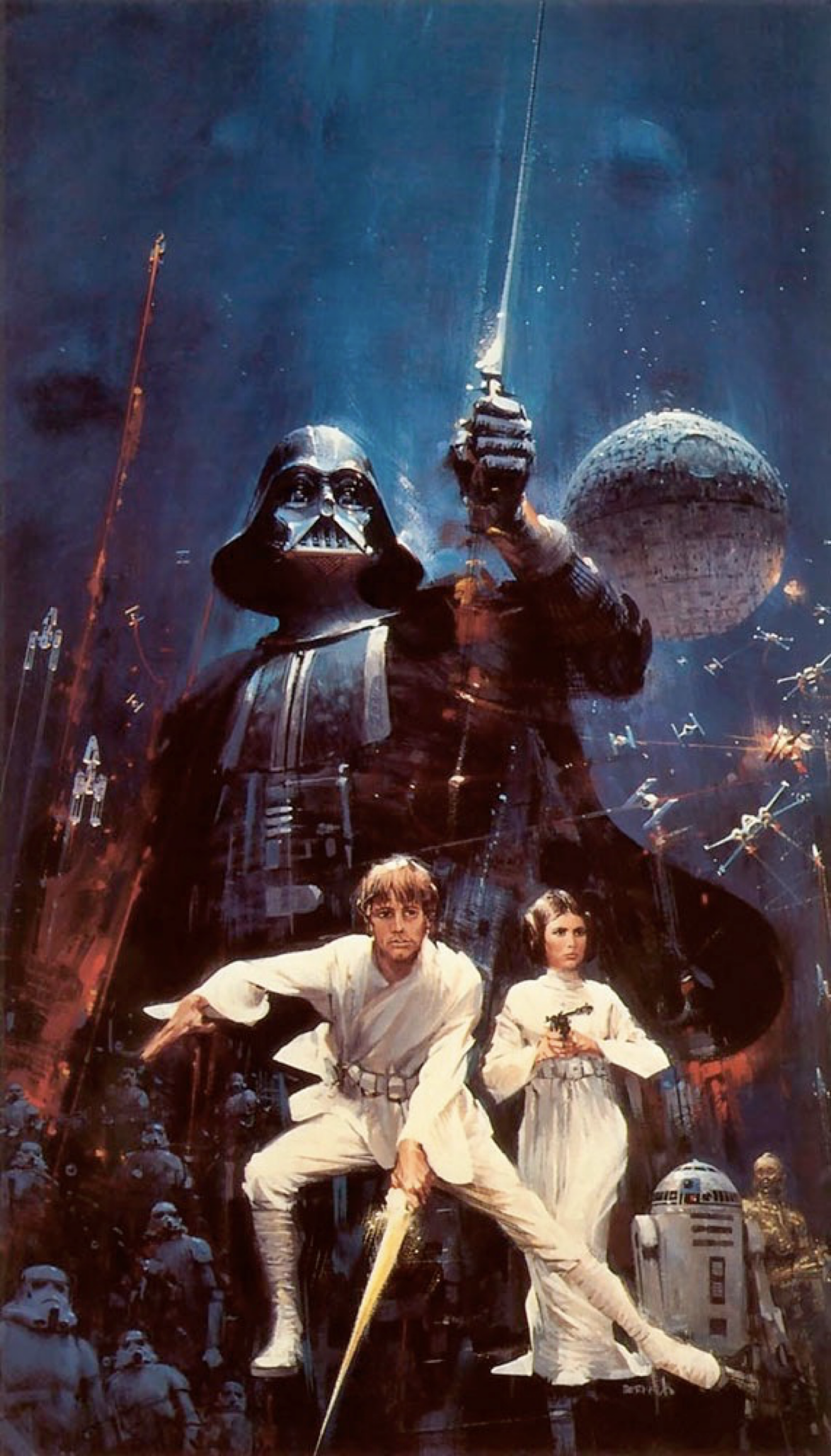
This artist’s client base were the film studios, specifically Paramount and 20th Century Fox.
John Berkey
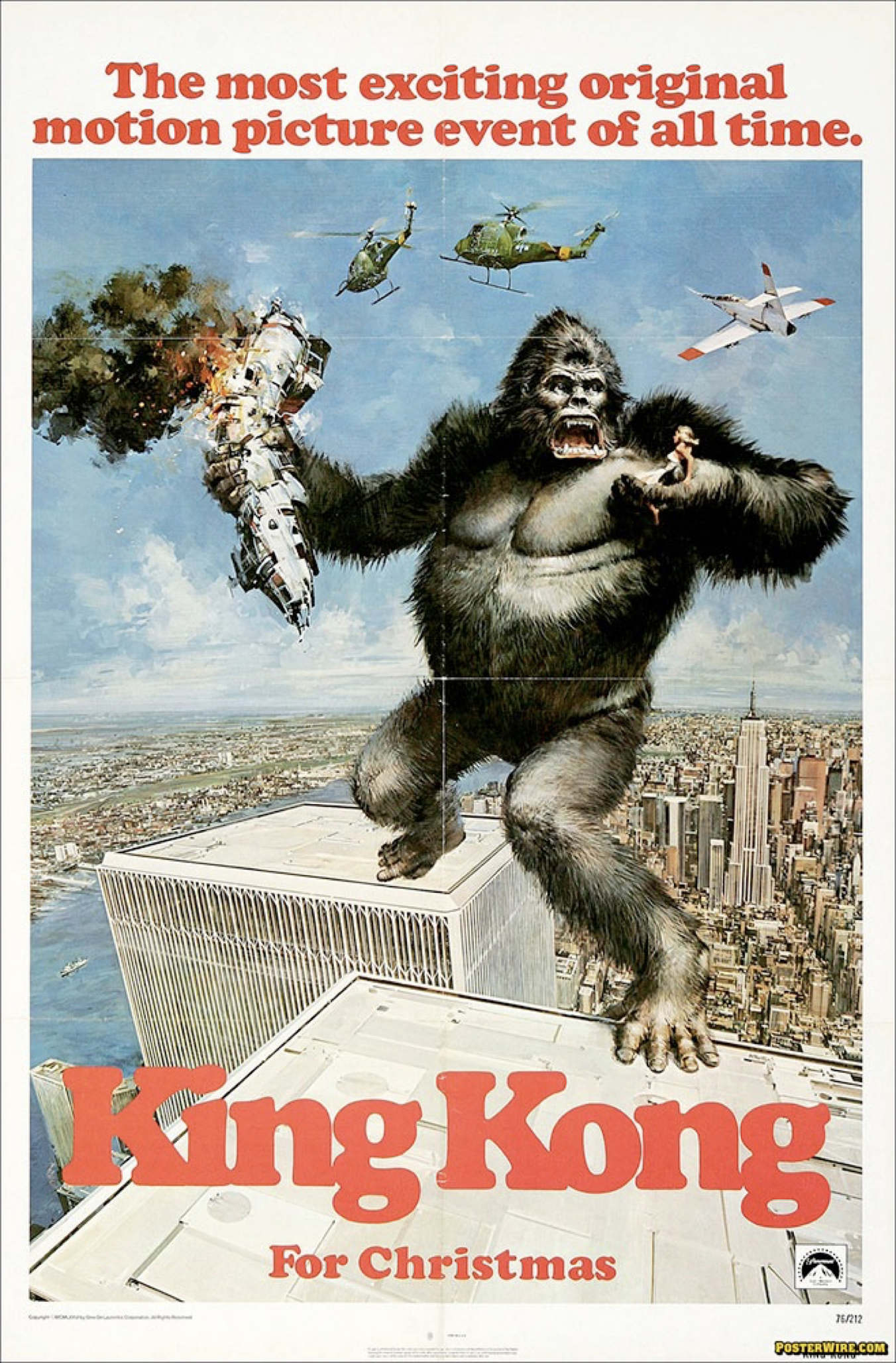
John Berkey
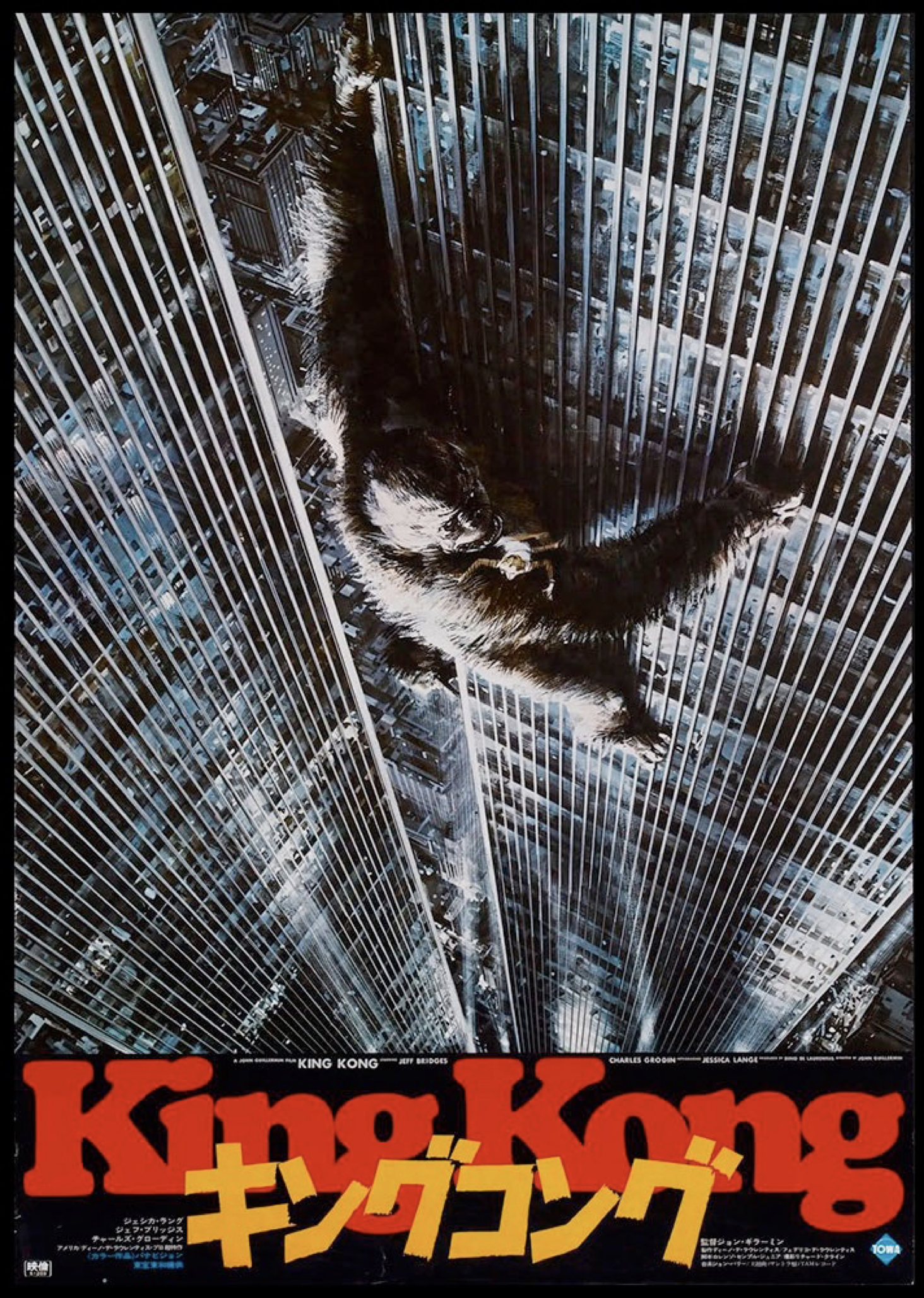
John Berkey

Disaster movies were super big in the 70s. Who made this poster?
John Berkey
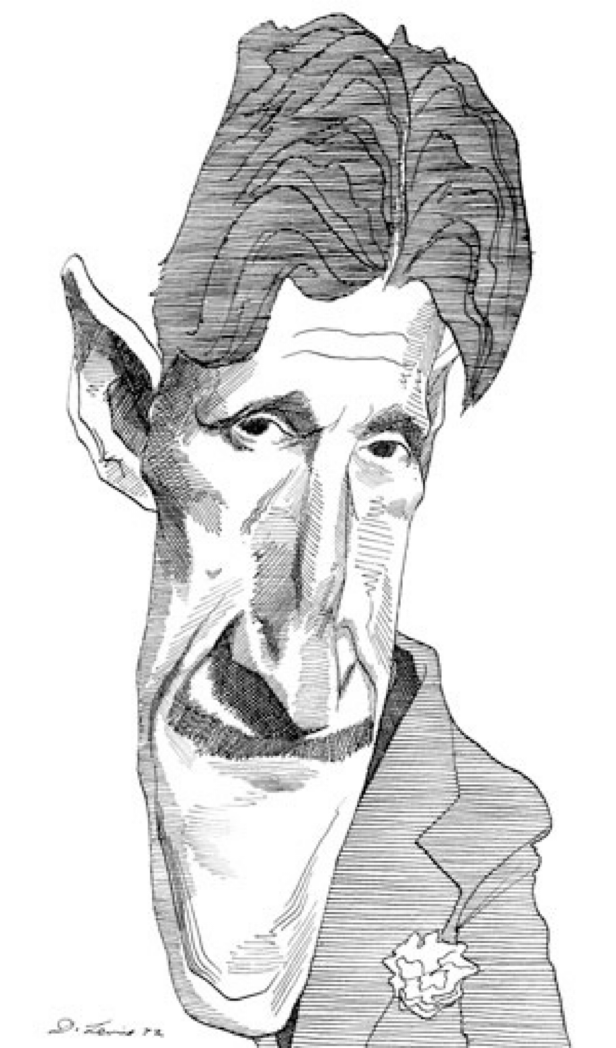
This artist began illustrating to stay afloat financially with unglamorous magazines like Gasoline Retailer, but a job with Esquire in the 60s allowed their development as a political illustrator.
David Levine

This artist began illustrating for the New York Review of Books since its beginnings, and drew over 3.8k caricatures of famous artists, writers, and politicians.
David Levine
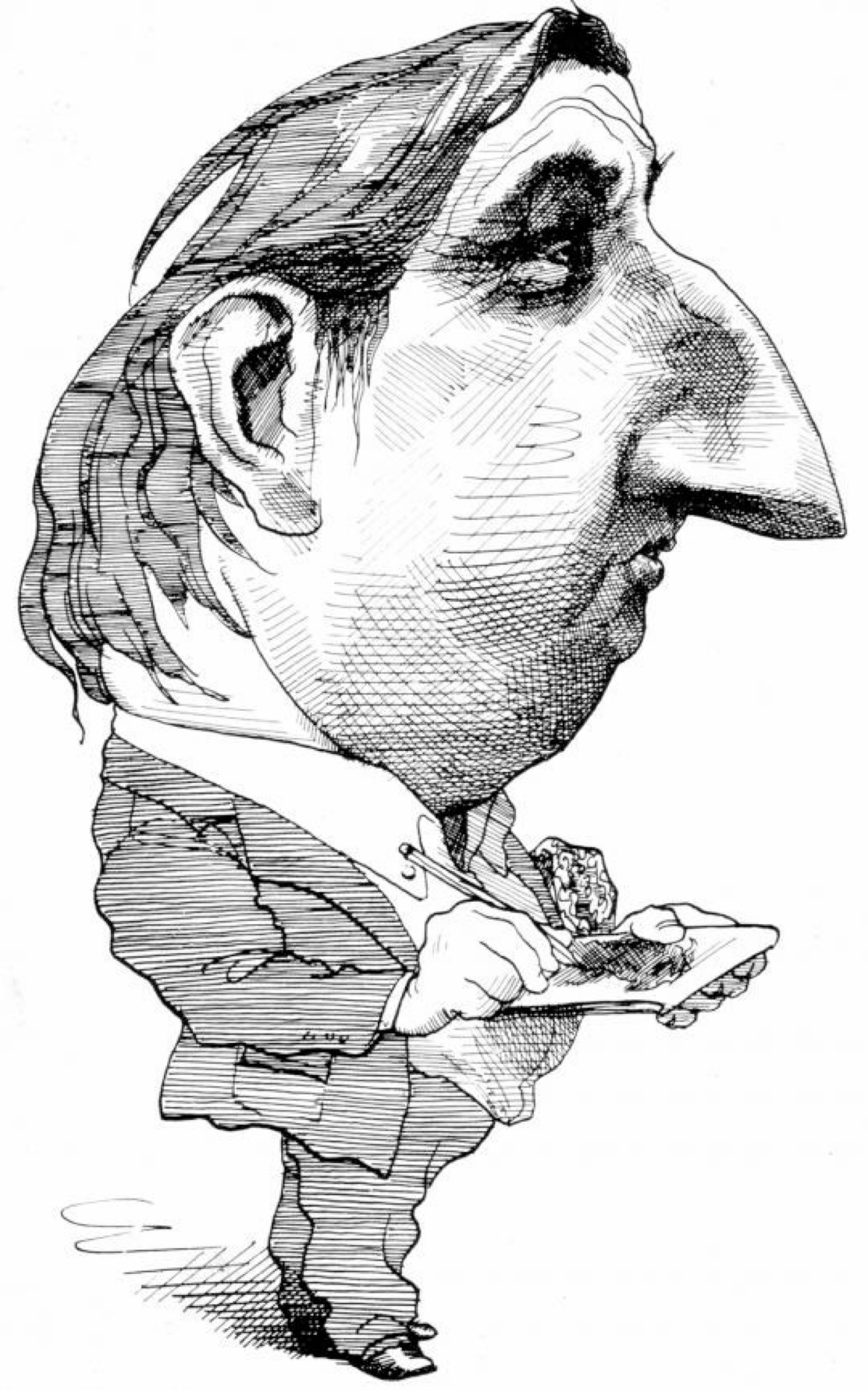
This artist was invited to audition for an animator’s job at Disney Studios in LA at the age of 9.
David Levine
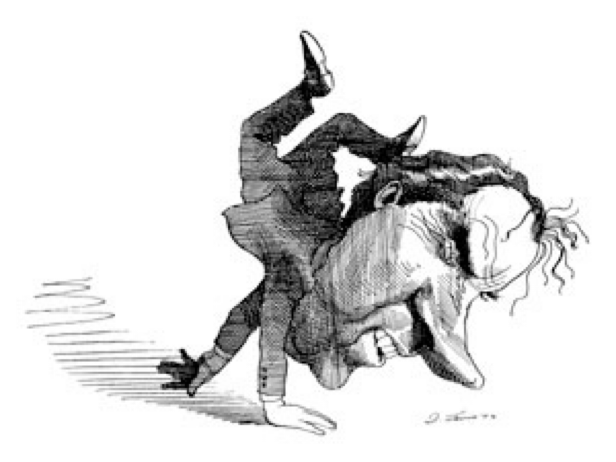
US President Richard Nixon was a recurring subject in this artist’s illustrations.
David Levine
This artist’s work “brought a new dimension to the American children’s book and has helped change how people visualise childhood” -NYT
Maurice Sendak
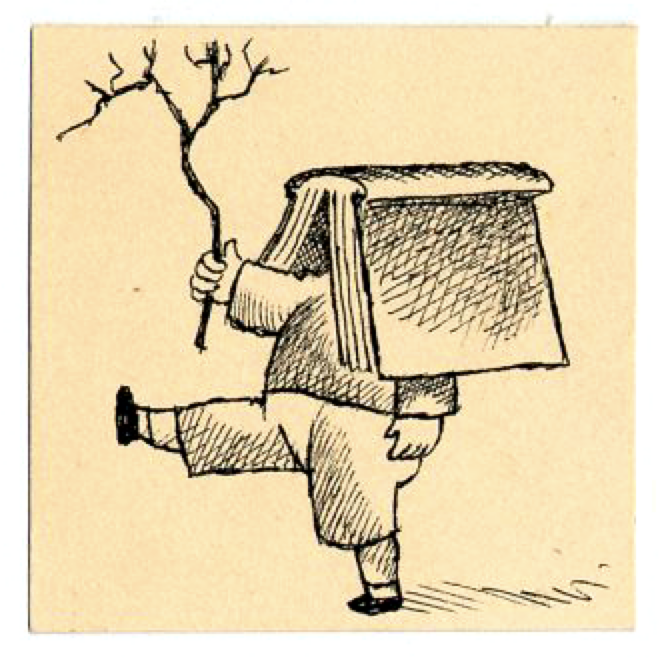
This artist worked for All-American Comics on backgrounds for comic strips while still in high school, and mostly illustrated other writer’s books in the beginning of their career.
Maurice Sendak
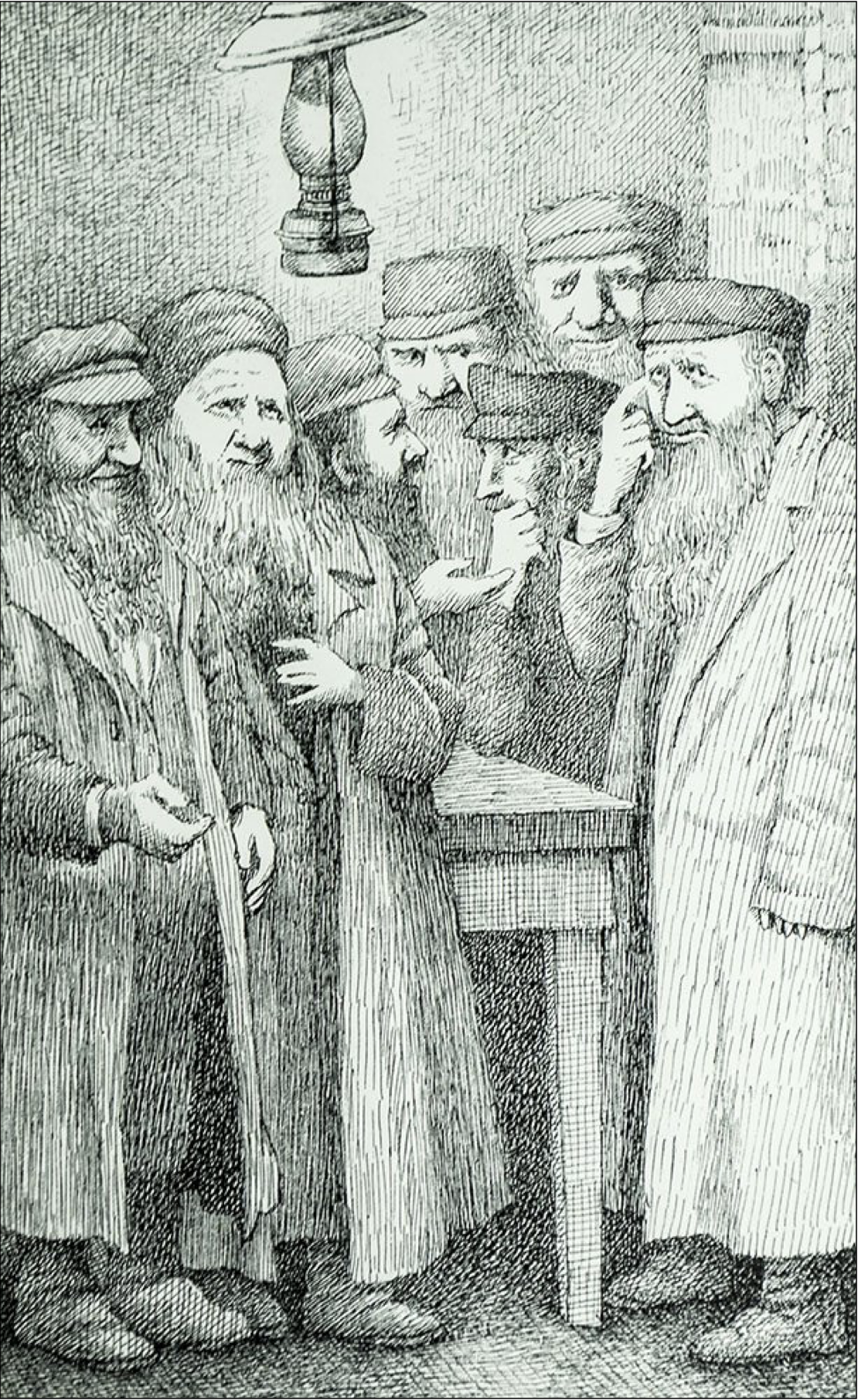
Who drew this ink drawing of a Jewish folktale?
Maurice Sendak
Inspired by King Kong, what was Maurice Sendak’s most famous book?
Where the Wild Things Are
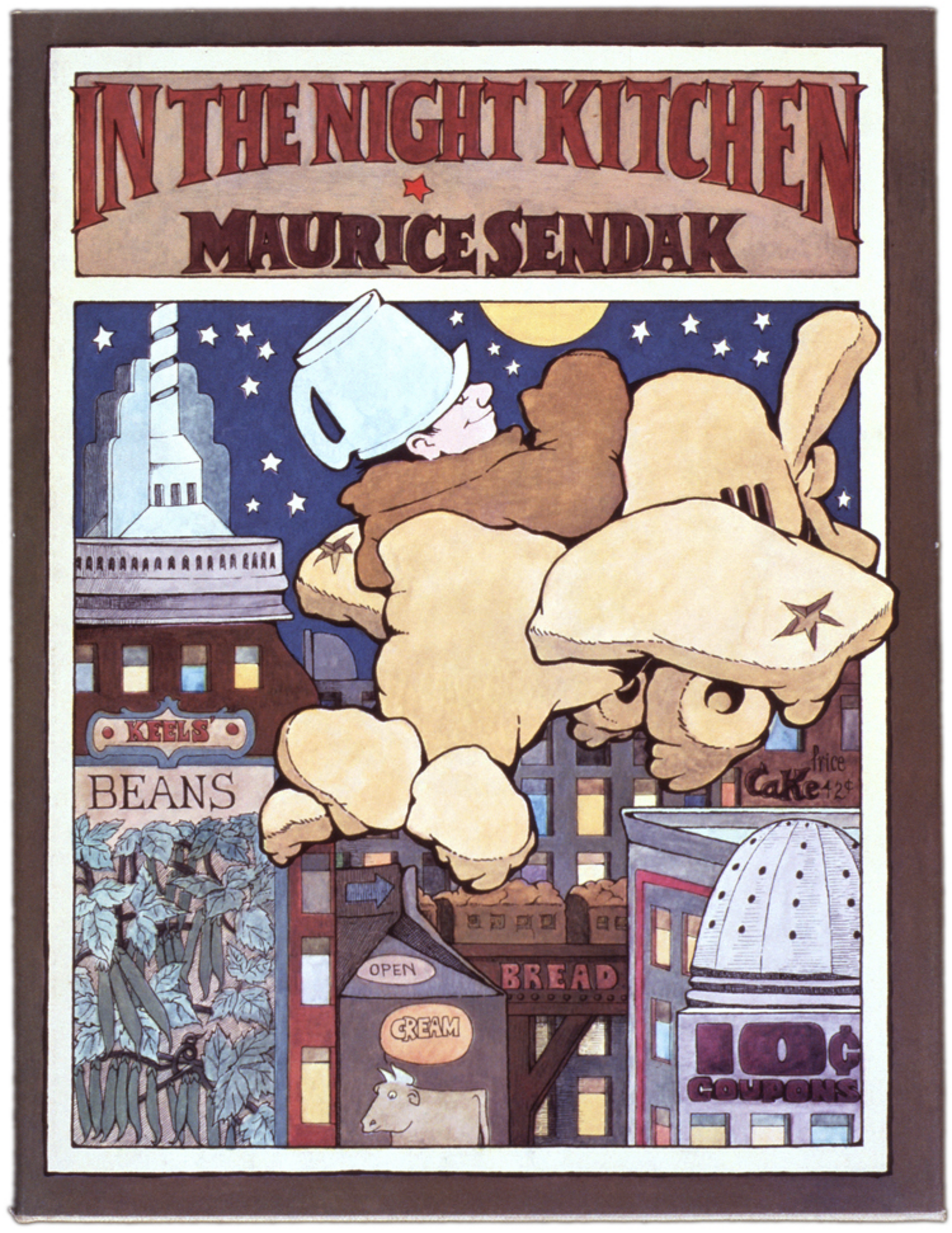
Maurice Sendak
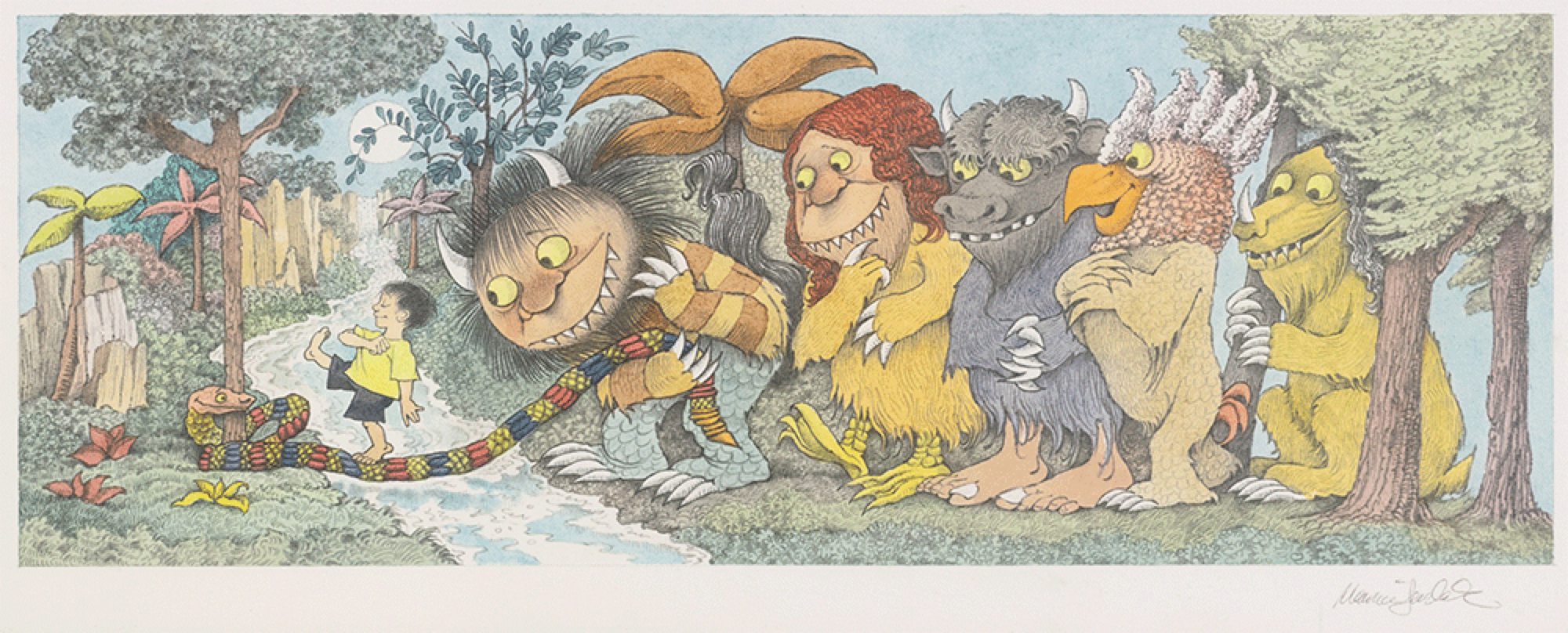
A piece called “You First”
Maurice Sendak
Which artist “wrenched the children’s book out of the safe, sanitized world of the nursery and plunged it into the dark, terrifying and hauntingly beautiful recesses of the human psyche...” ?
Maurice Sendak
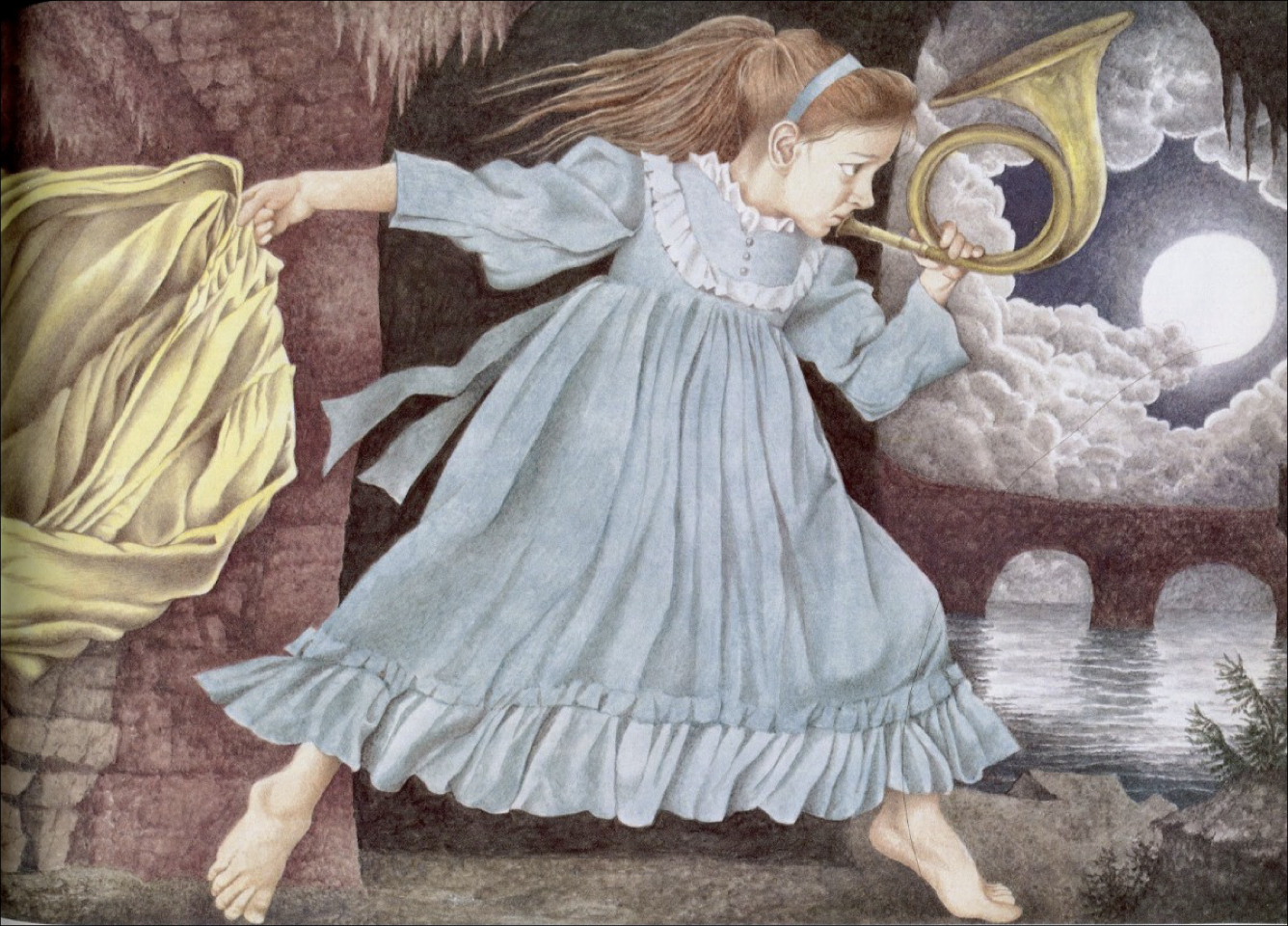
A kid sets out to save her abducted baby sister.
Maurice Sendak
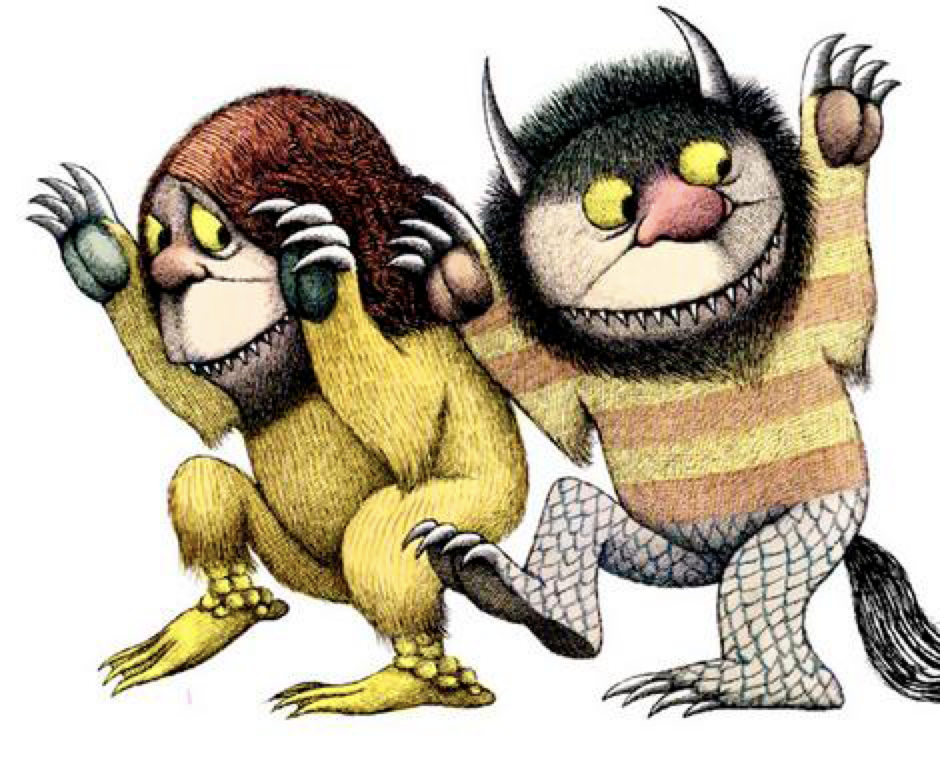
Maurice Sendak
‘Jim loved your card so much he ate it.’ That to me was one of the highest compliments I've ever received.” Who said this?
Maurice Sendak
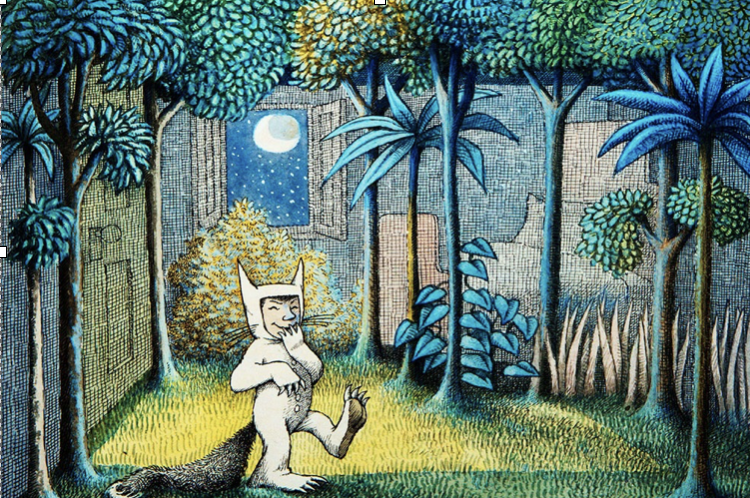
Maurice Sendak

One of the few female freelance illustrators of her day who embraced innovation, being one of the first to use the computer to create published and personal imagery.
Barbara Nessim
Which artist said this? “I didn’t get married, and everybody got married. Everybody was divorced seven years later, but they all got married!
I wanted a career first, and that was different.”
Barbara Nessim

This artist would see about five art directors a day, but would mostly get their jobs at the “girly” magazines.
Barbara Nessim
Who said this? “As an illustrator you always want the viewer to come away with a deeper meaning of the article, something that could not be said with words. The article and the art are partners and together they communicate a feeling and understanding.”
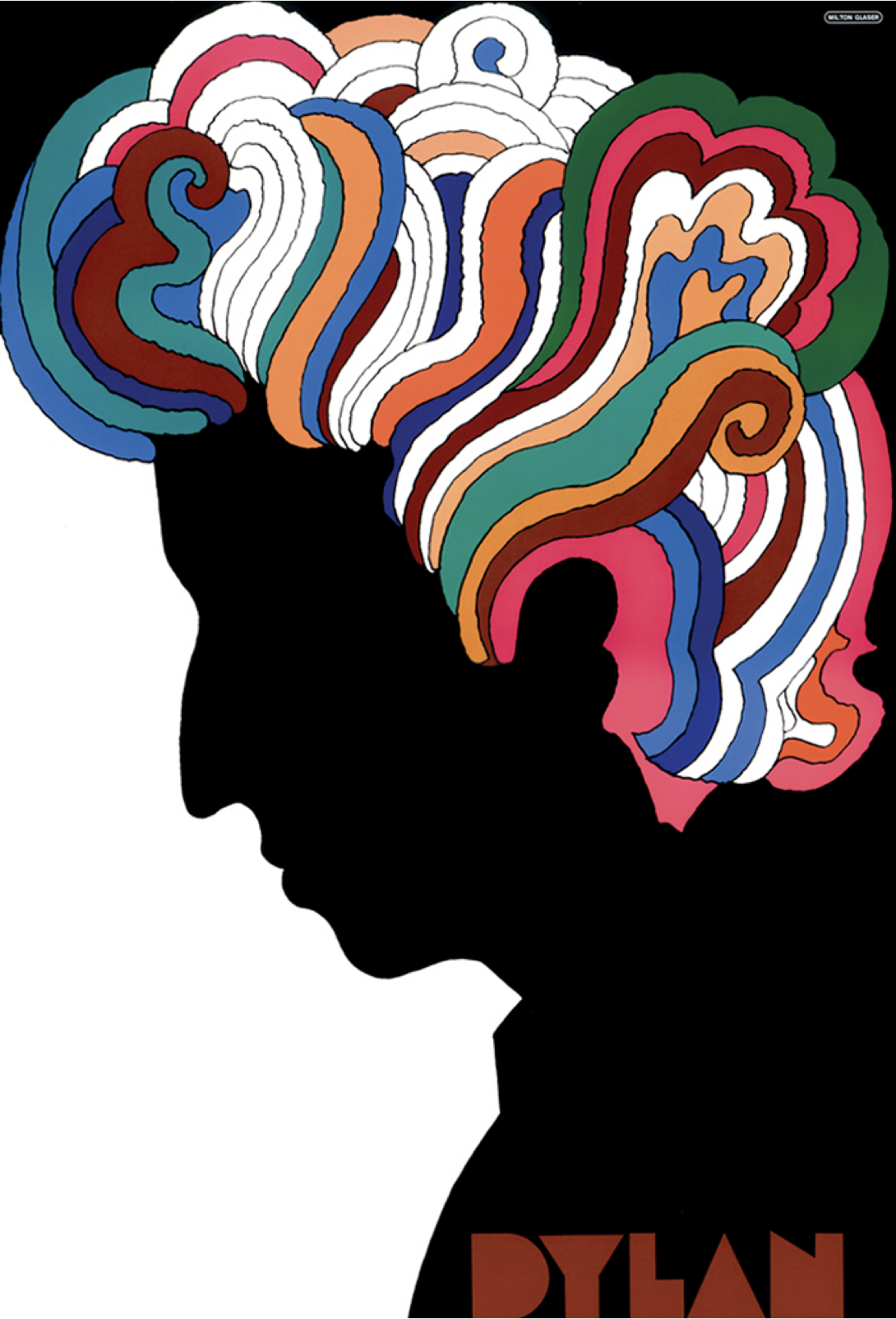
Which female illustrator’s work influenced this Milton Glaser piece?
Barbara Nessim
This artist was close friends and roommates with renowned feminist Gloria Steinham.
Barbara Nessim
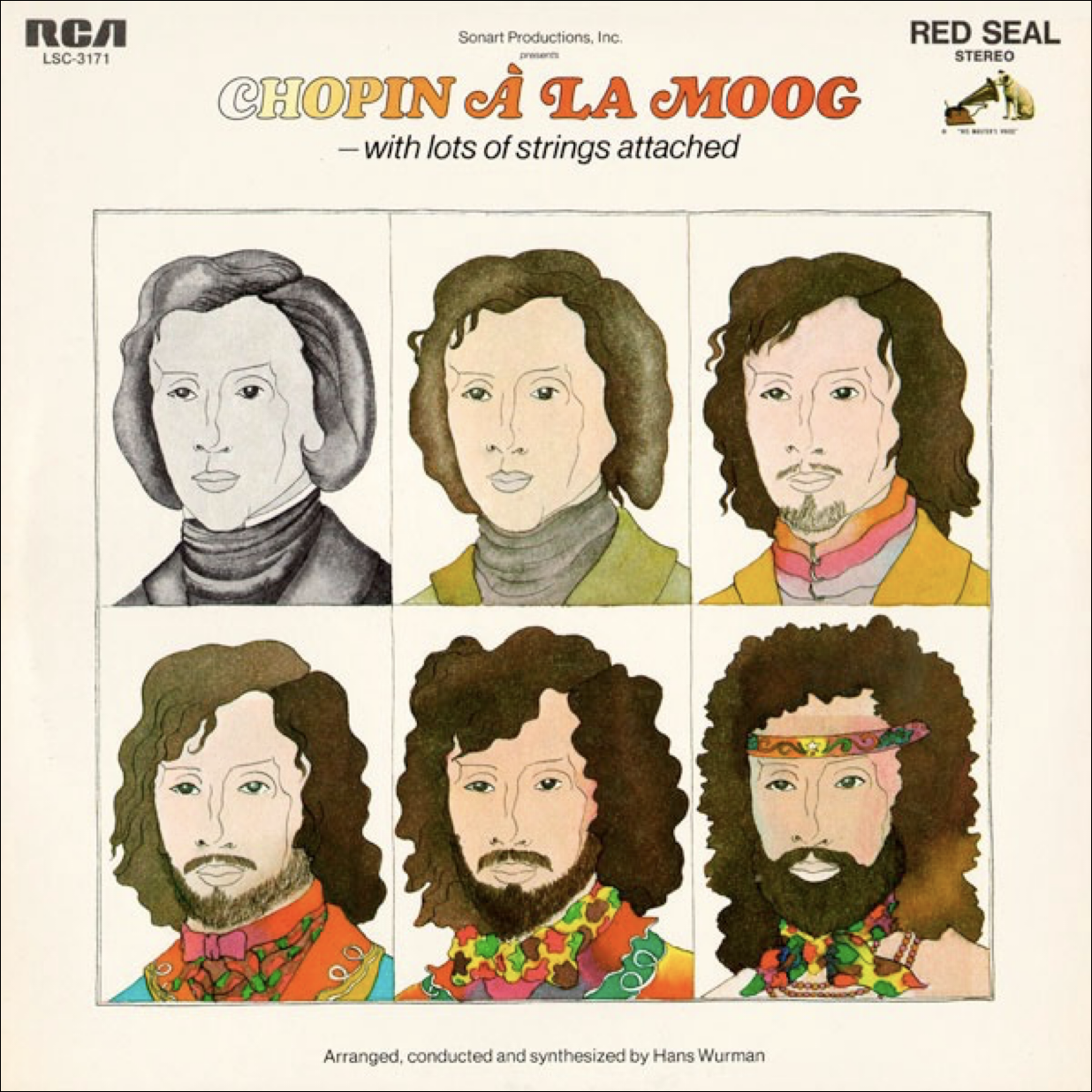
Barbara Nessim
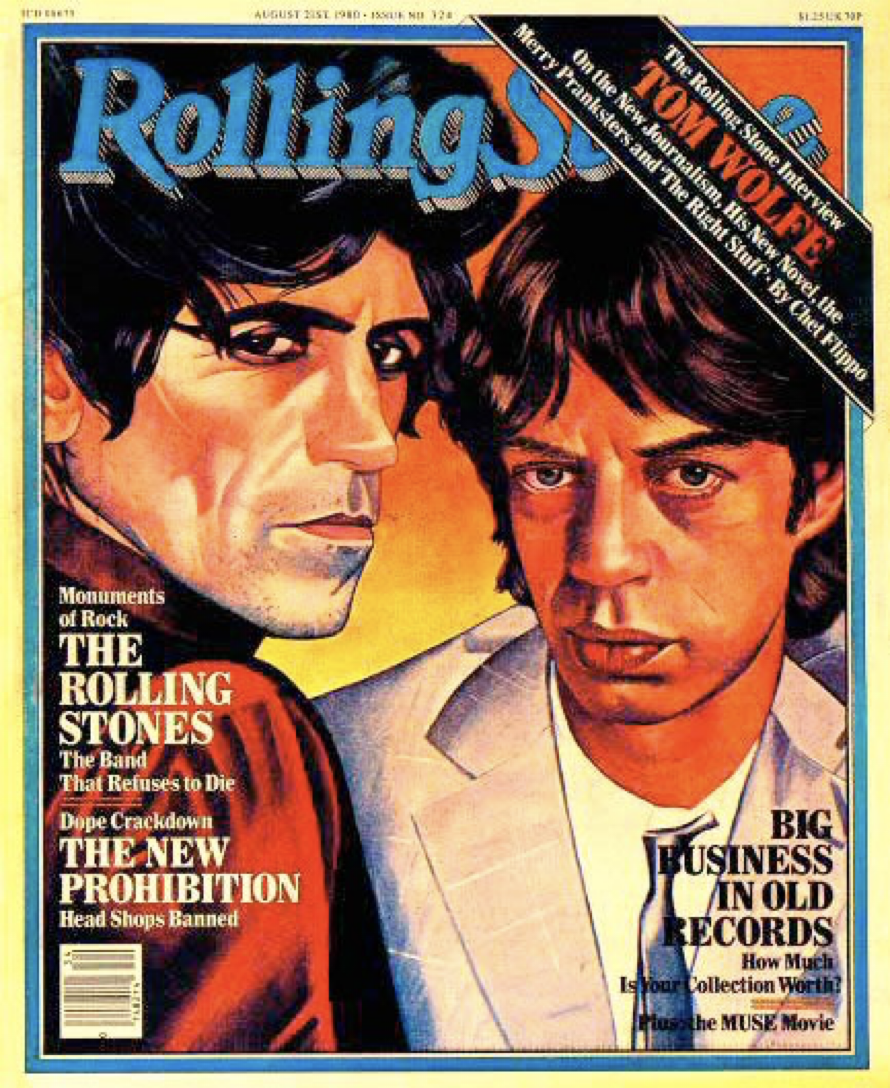
British watercolour artist with a great ability to paint images they didn’t see
Julian Allen
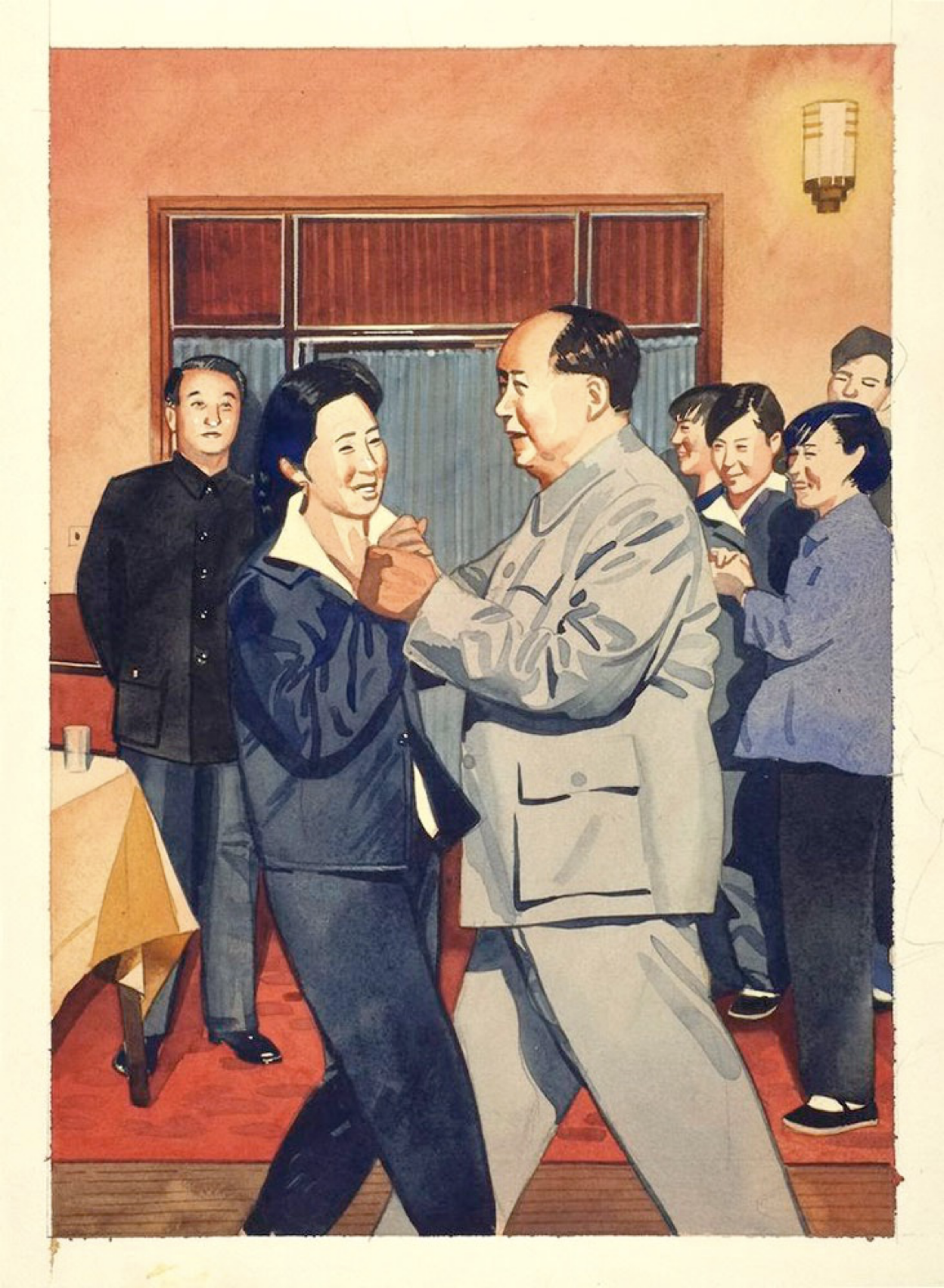
Julian Allen
Which artist did Milton Glaser praise for their convincingly authentic images and ability to create convincing illustrations of unwitnessed events?
Julian Allen

A parody of The Last Supper, this artist depicts the key players of the 80s New York fine art market.
Julian Allen
Which artist said this about the influence of movies on their work?
“I spent a great deal of my childhood in the cinema. I had an American accent when I was twelve… I’ve often thought that I am trying to invent movie scenes in my illustrations. I’ve learned a great deal about composition from Welles and Hitchcock, for instance, and a great deal about colour from Bertolucci…”
Julian Allen

This artist’s key strength is convincingly constructing imagery they never would have actually witnessed by combining multiple reference photos.
Julien Allen

Who said “My interest has always been to make scenes that had photographic conviction”
Julian Allen

Julian Allen
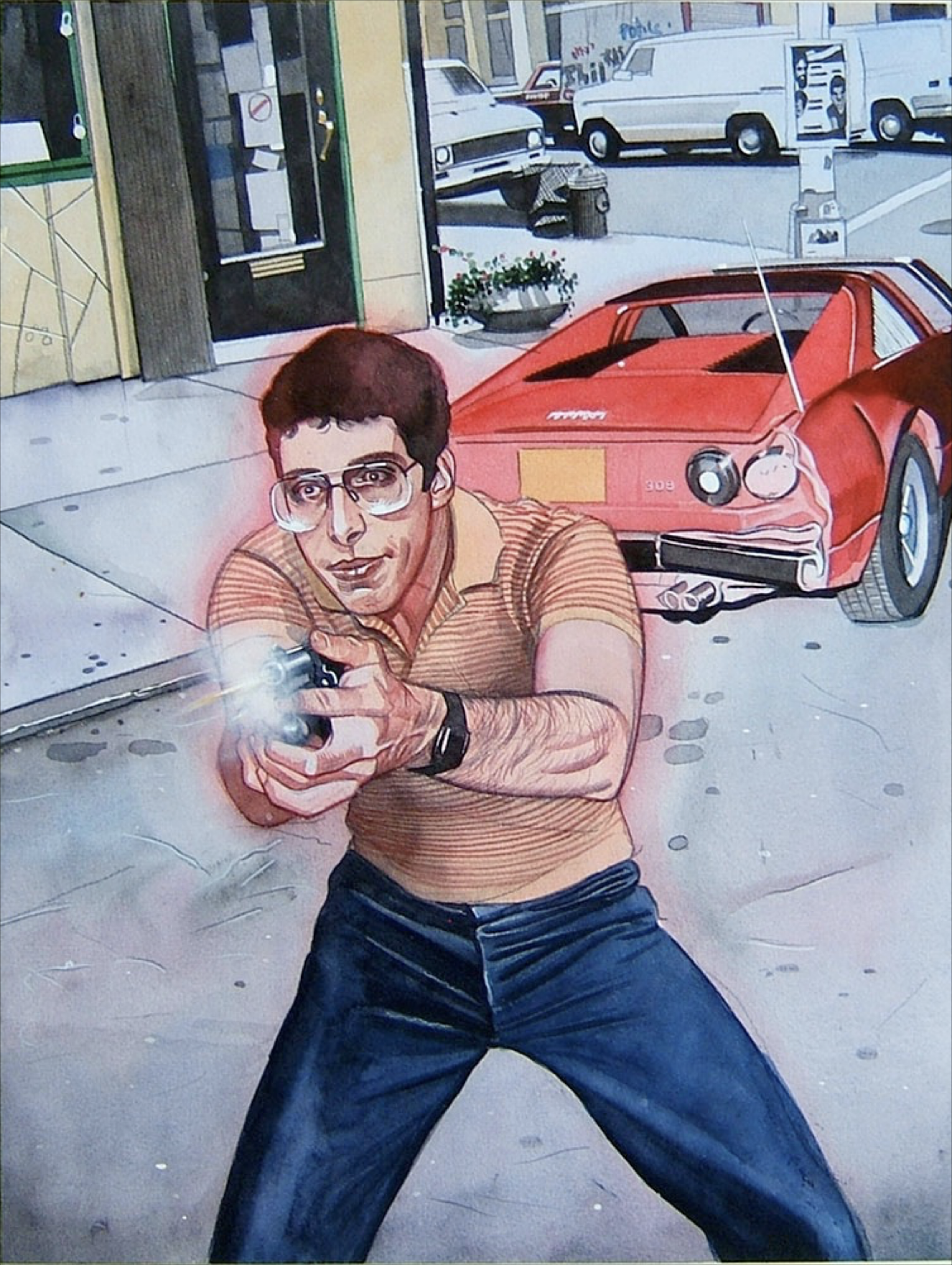
Julian Allen

Julian Allen
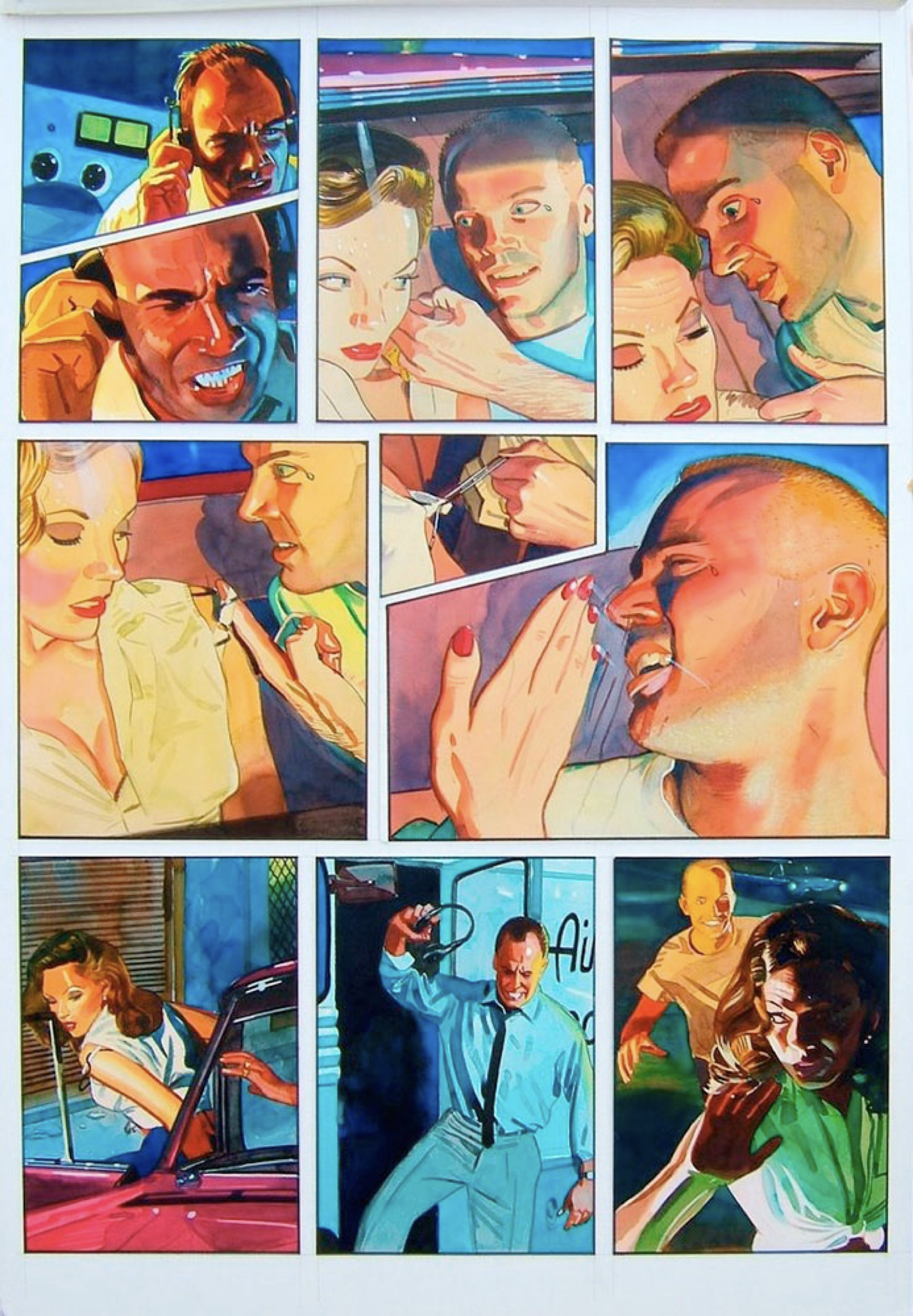
Julian Allen

Julian Allen